Table of contents
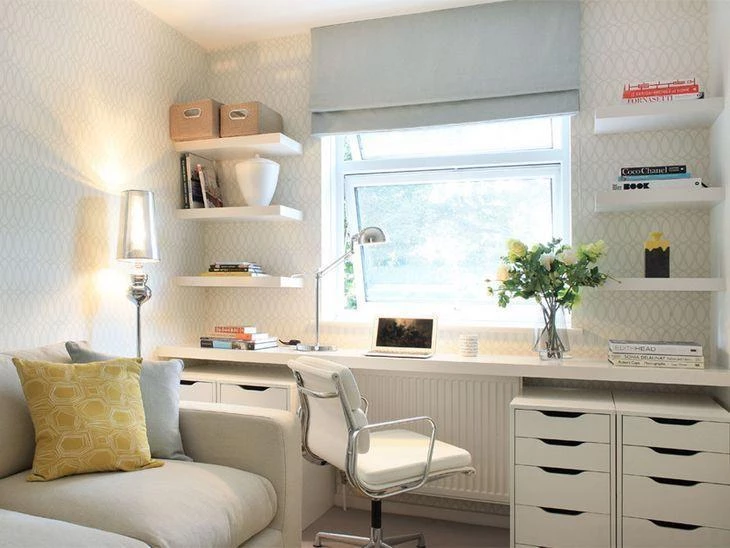
It is a common idea that if the work is at home, formality is not so necessary, but it is very important to always have the space organized and clean so that the tasks are done with full responsibility, even when working in such comfortable environments as one's own home.
The importance of keeping an organized home office goes beyond the aesthetics, helping concentration and increasing productivity. To facilitate this lifestyle, it is essential to separate the functions of work and home. Keeping the office clean and avoiding mixing personal and professional items, for example, can be an important measure to help keep the office clean.focus on the work.
Home office, besides being the English term for the room where the office is located, is also used, because of this, to talk about the work regime performed at home, including in Brazil. Having a home office may seem a simple and comfortable task, but, if not well planned and organized, it can become a problem and lead to low productivity.
To adapt this way of working to your lifestyle, a series of practical tips can help make the home office a more pleasant environment and eliminate points of distraction.
6 practical tips to organize your home office
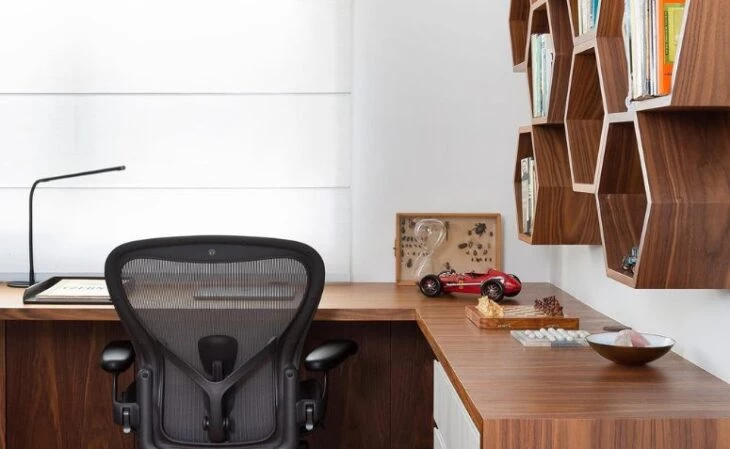
Besides the care with home habits for the maintenance of space, there are other practices that can contribute to the organization of the office so that it reflects on your productivity. The interior designer Ricardo Lopez, from Lopez Interiors, listed 6 of the main tips for your home office is always up to date, check it out:
- Keep the table clean: Avoid accumulating papers and leaving objects scattered on the work surface. For people who work handling many documents and other printed matter, the best solution may be to bet on trays and folders, both to leave everything organized on the workbench and to keep the clutter away from drawers and shelves.
- Opt for mobile organizers: These items, as well as boxes and baskets, can also be used to keep frequently used items close at hand, so that they don't take up too much space and save you time, since you won't have to look for them every time you need to use them.
- Keep what is important: Important documents and items that directly influence your production should be stored in cupboards and drawers. In this way you avoid papers being scattered around the office and objects of professional use getting lost in the clutter.
- Separate the functions: A common mistake people who work at home office end up mixing their professional and personal life in such a way that the service is compromised. Therefore, separate the office from the other home functions: avoid bringing dishes, glasses and other objects that are not part of the work routine to the work environment.
- Invest in drawers: this furniture is a great cost-benefit option, because it can be used for several purposes and offers a huge variety of colors, sizes and materials. to make it even more functional, make use of drawer dividers and labels!
- Bet on multifunctional items: an ideal solution for small spaces is to invest in furniture and electronics that can be used for more than one activity. for example, if your main work instrument is the computer, consider investing in an All-in-One model, which takes up less countertop space.
How to organize different styles of home office
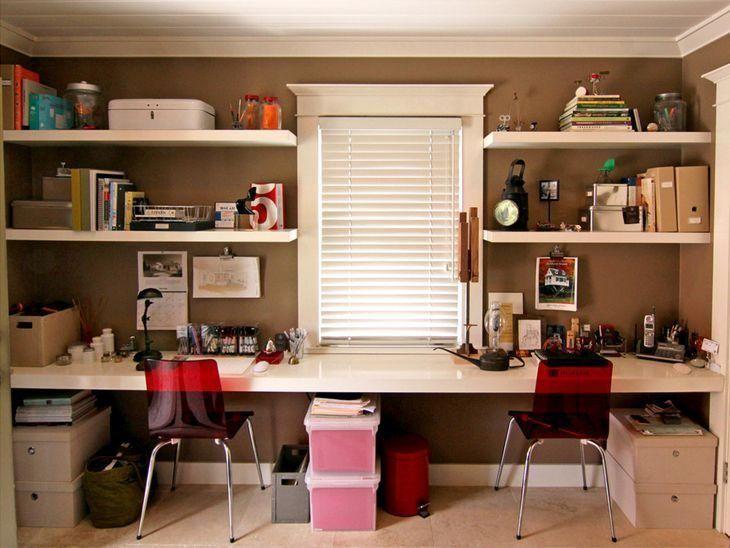
There are many ways to set up your home office these days, from the simplest to the most sophisticated and business-like. Here, the resident's taste and the specific needs of each work done indoors is what will design the style of the environment. Regardless of what style your workplace has, organization must always come first.
Check out the organization tips corresponding to each type of office, based on the interview with interior designer Ricardo Lopez.
Modern Home Office
The modern style is marked by its few lines. White goes very well, but you can also work with other colors to decorate a monochromatic environment. Art objects and books also give the office a contemporary look.
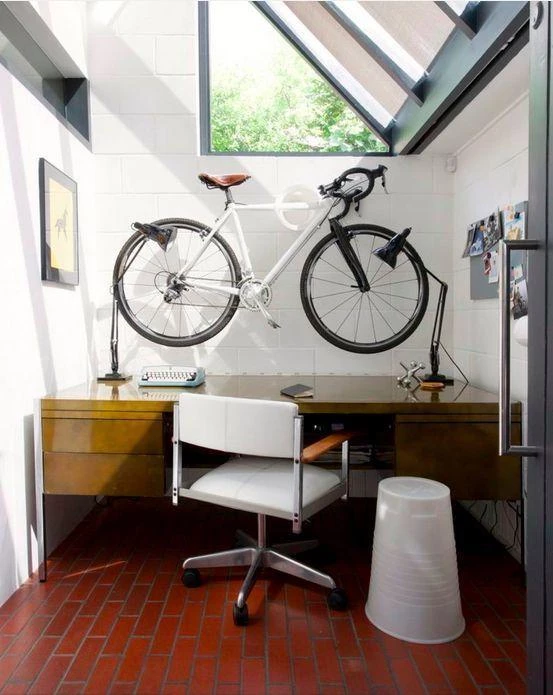
Photo: Reproduction / Walk Interior Architecture & Design
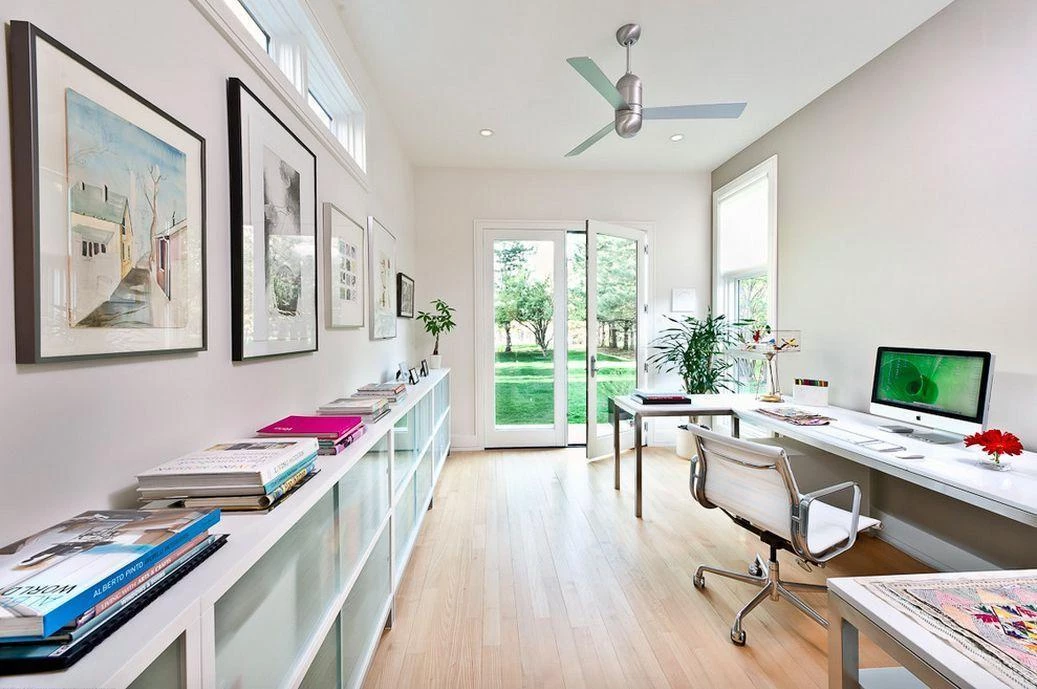
Photo: Reproduction / Kimberly Demmy Design

Photo: Reproduction / Hufft Projects
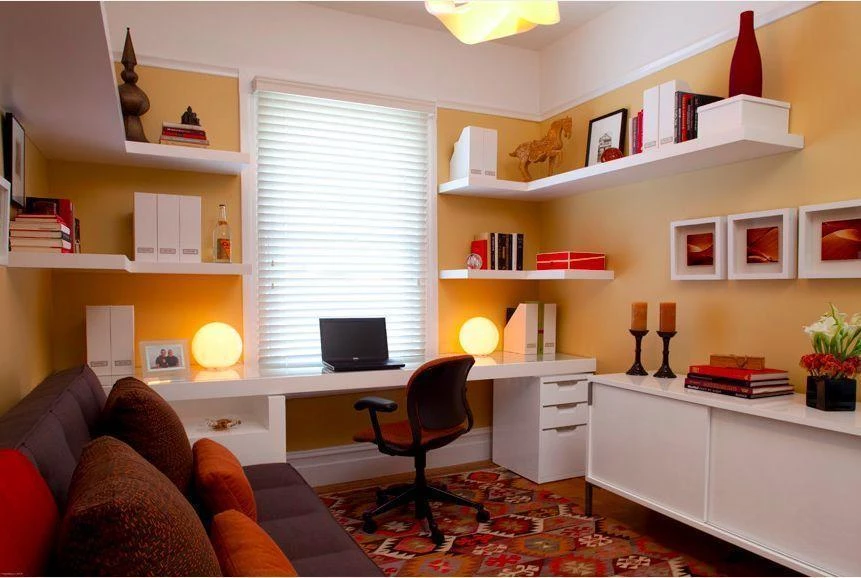
Photo: Reproduction / De Meza + Architecture
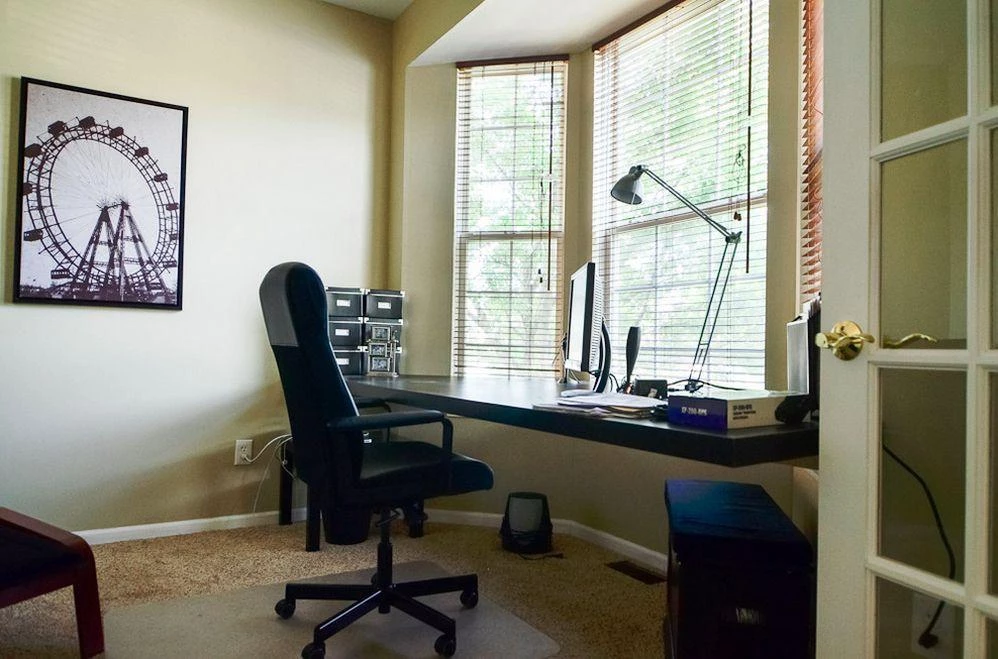
Photo: Reproduction / Labra Design
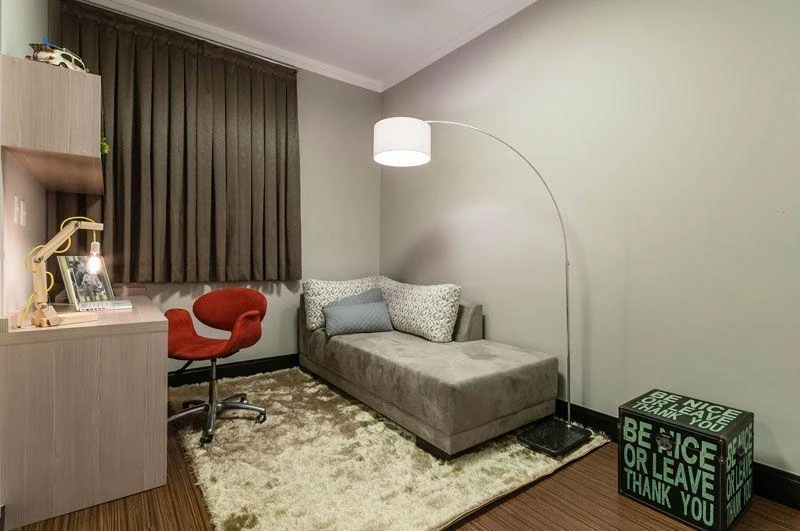
Photo: Reproduction / Ricardo Lopez
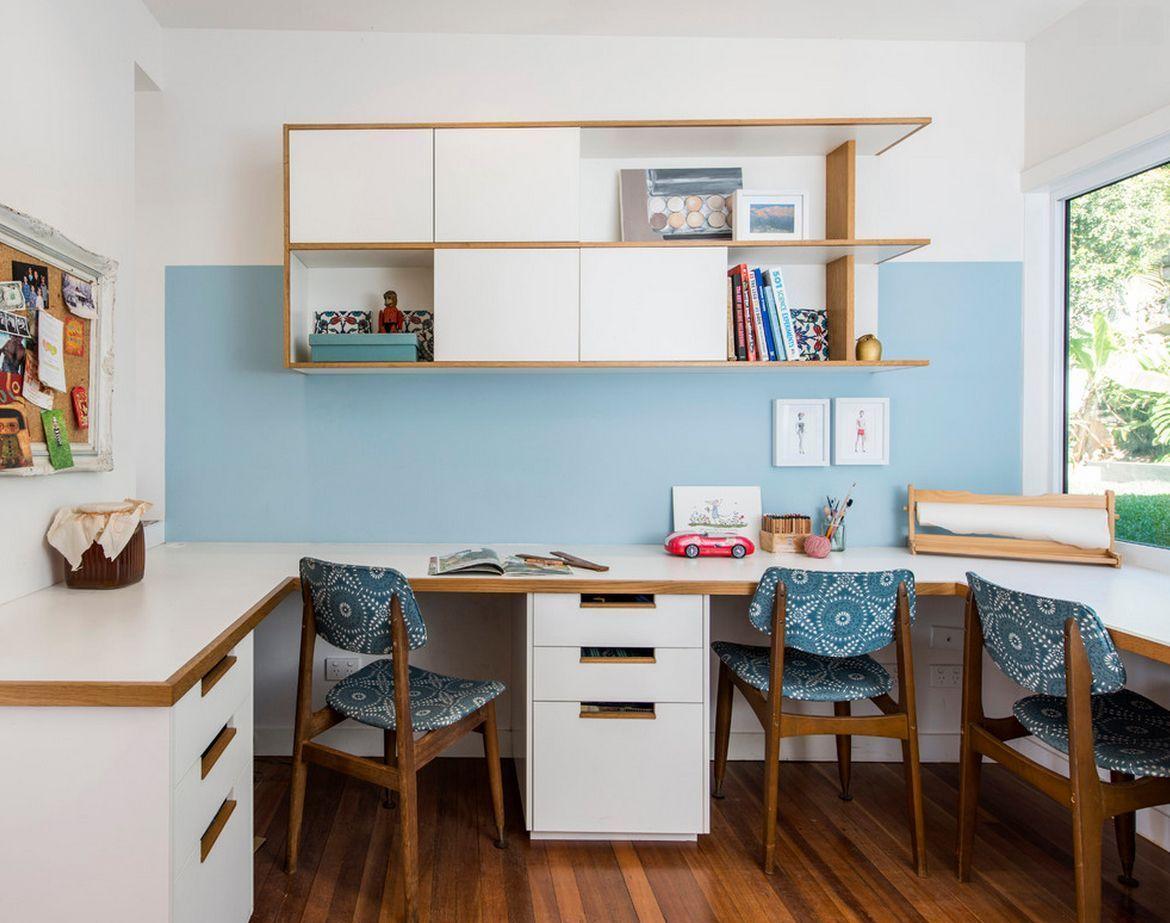
Photo: Reproduction / CG Studio Interiors
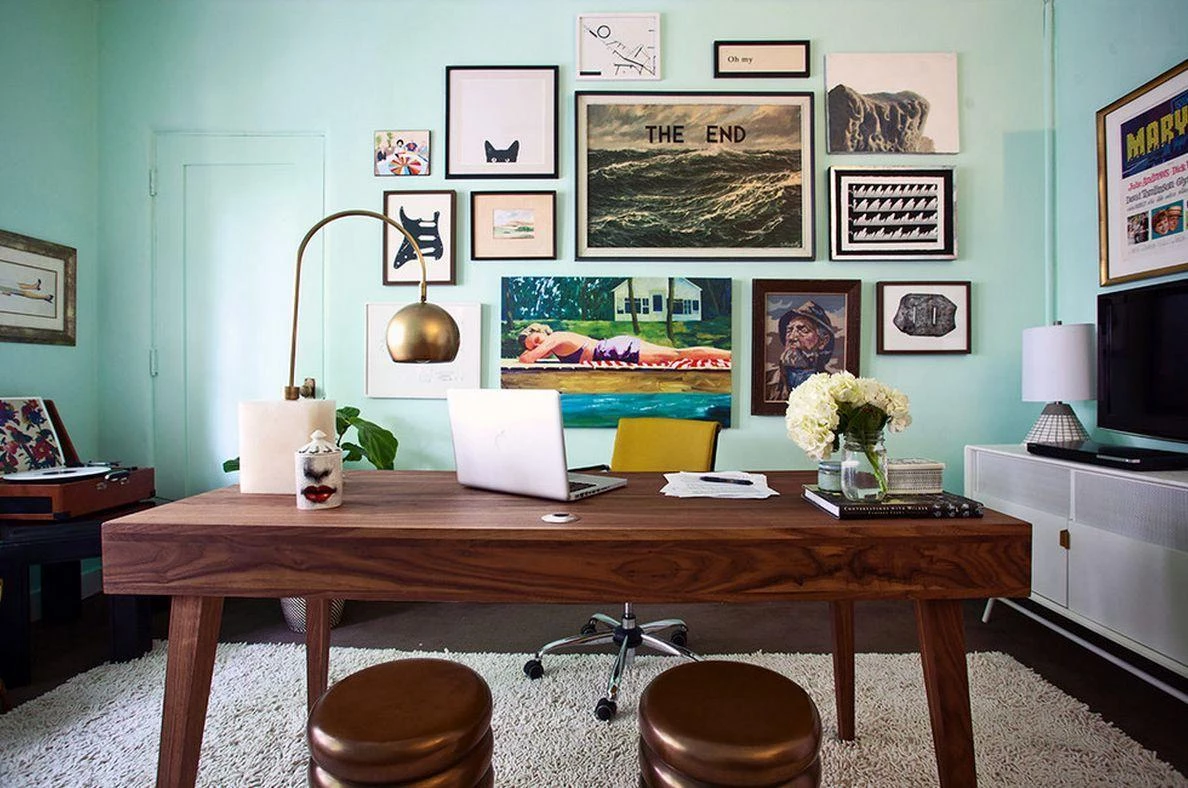
Photo: Reproduction / Homepolish
See_also: Iron Door: 80 Door Inspirations that Mix Modern and RusticAn important tip is not to let objects that are merely decorative interfere with what is important and useful to the work.
Home office basics
Shelves and drawers are the best resources to set up a home office following a more basic style. Wood is widely used in classic environments and also serves to set the tone of the decoration. Niches made of this material can be placed on the walls as shelves, giving the environment an extra charm.

Photo: Reproduction / Walk Interior Architecture & Design

Photo: Reproduction / Kimberly Demmy Design

Photo: Reproduction / Hufft Projects

Photo: Reproduction / De Meza + Architecture

Photo: Reproduction / Labra Design

Photo: Reproduction / Ricardo Lopez

Photo: Reproduction / CG Studio Interiors

Photo: Reproduction / Homepolish
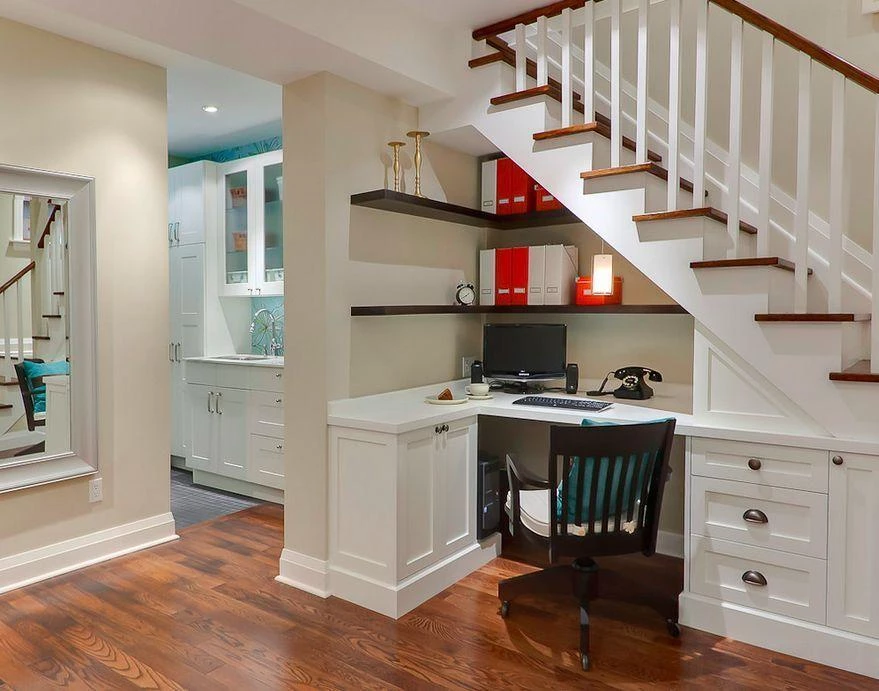
Photo: Reproduction / Leslie Goodwin
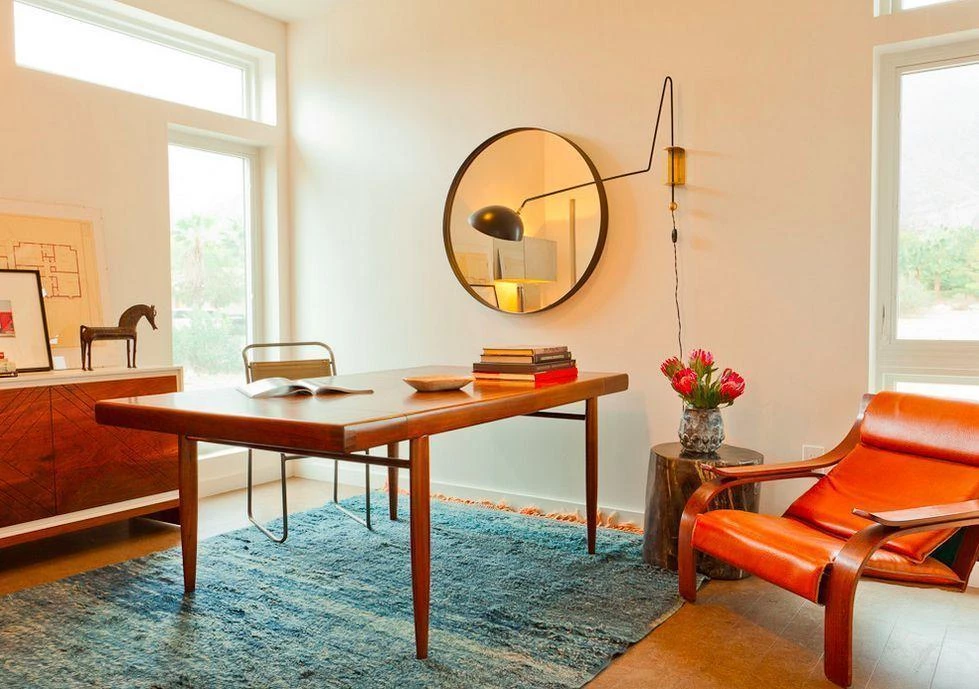
Photo: Reproduction / Izumi Tanaka
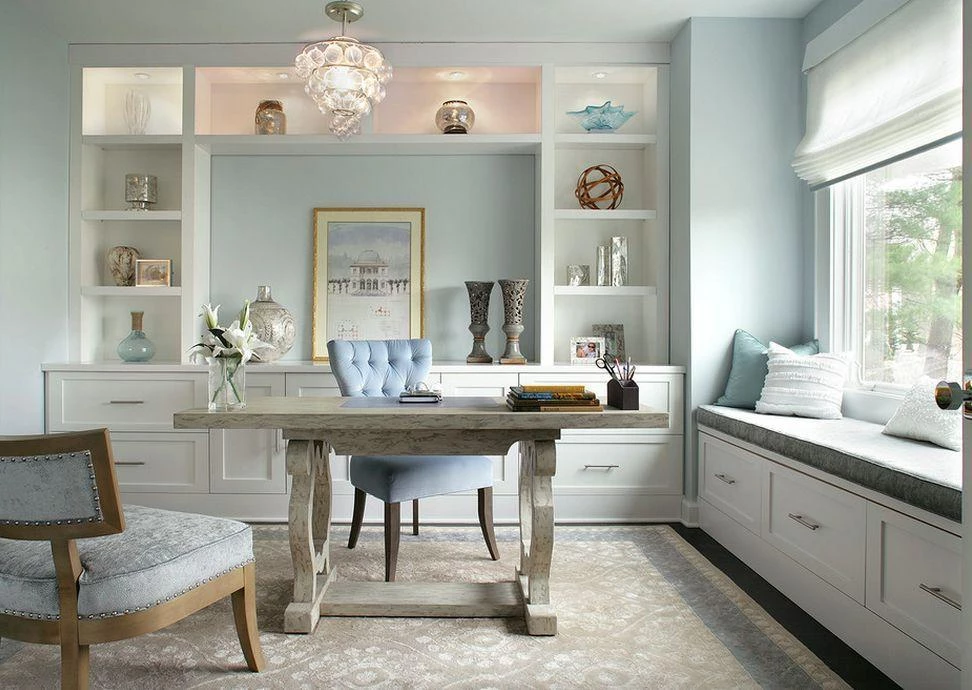
Photo: Reproduction / Jennifer Pacca Interiors
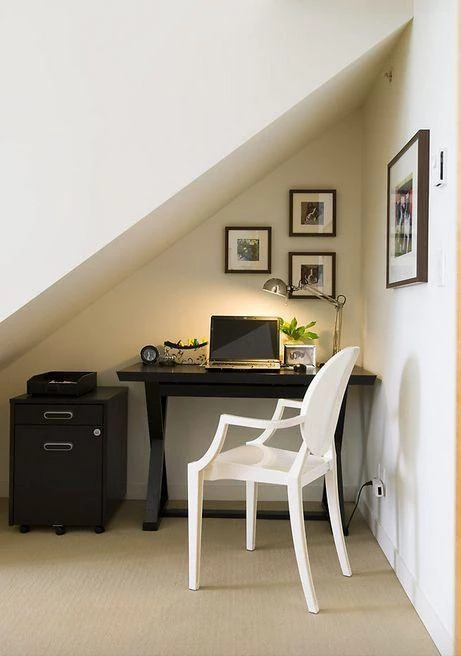
Photo: Reproduction / Maria Killam
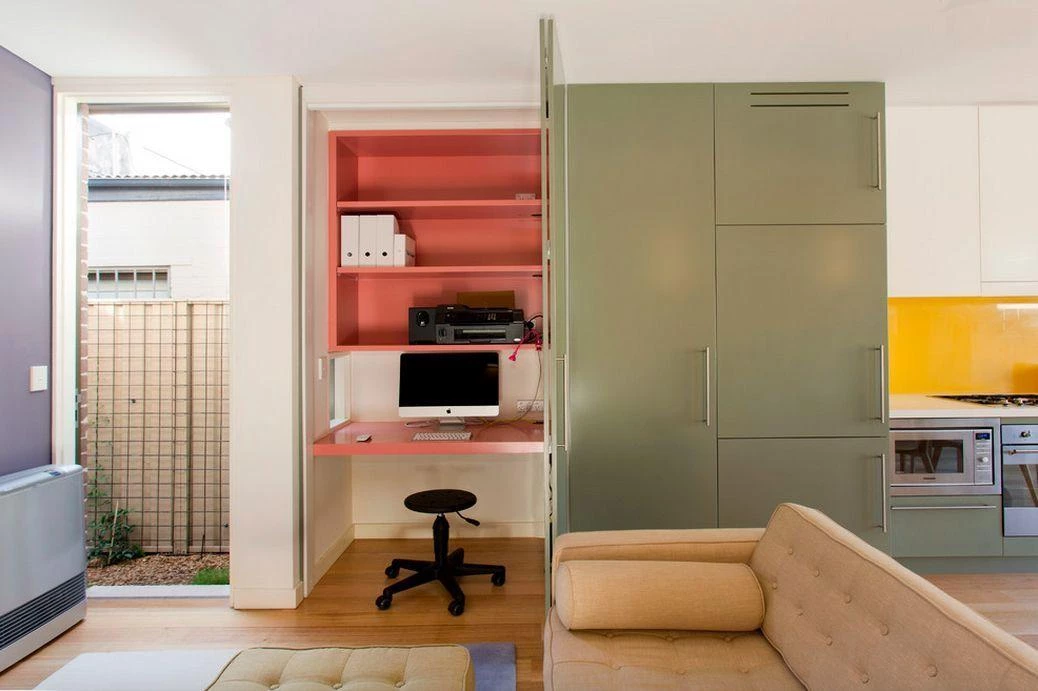
Photo: Reproduction / Danny Broe Architect

Photo: Reproduction / Moya Living

Photo: Reproduction / 3rd Space
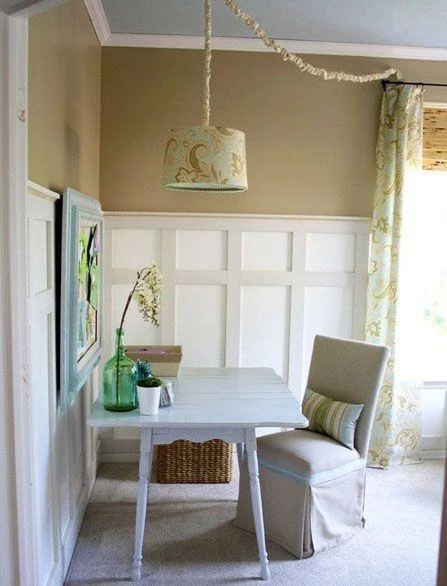
Photo: Reproduction / Thrifty Decor Chick

Photo: Reproduction / Sett Studio
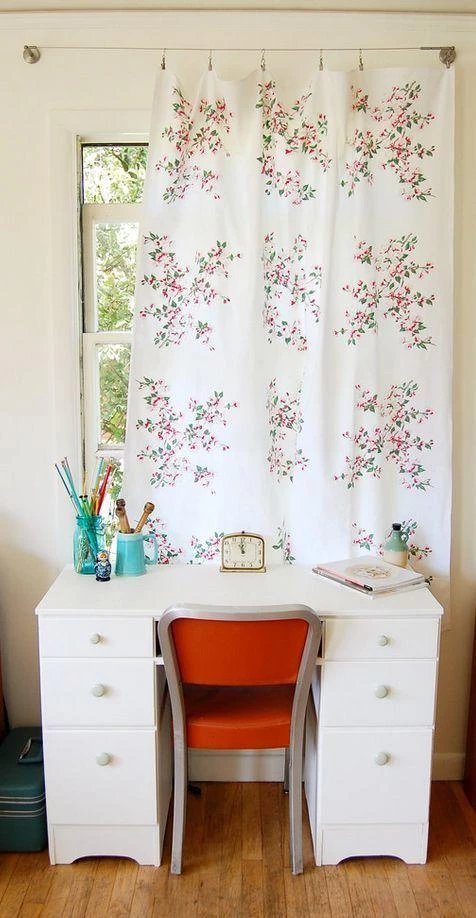
Photo: Reproduction / Lola Nova

Photo: Reproduction / One Small Room
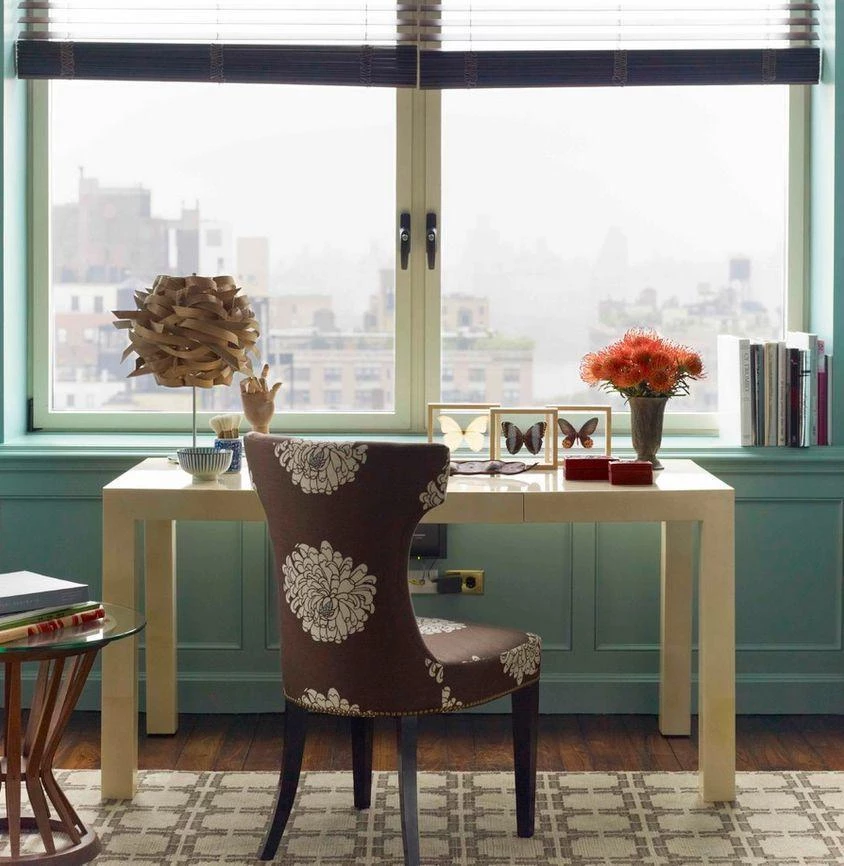
Photo: Reproduction / Vendome Press
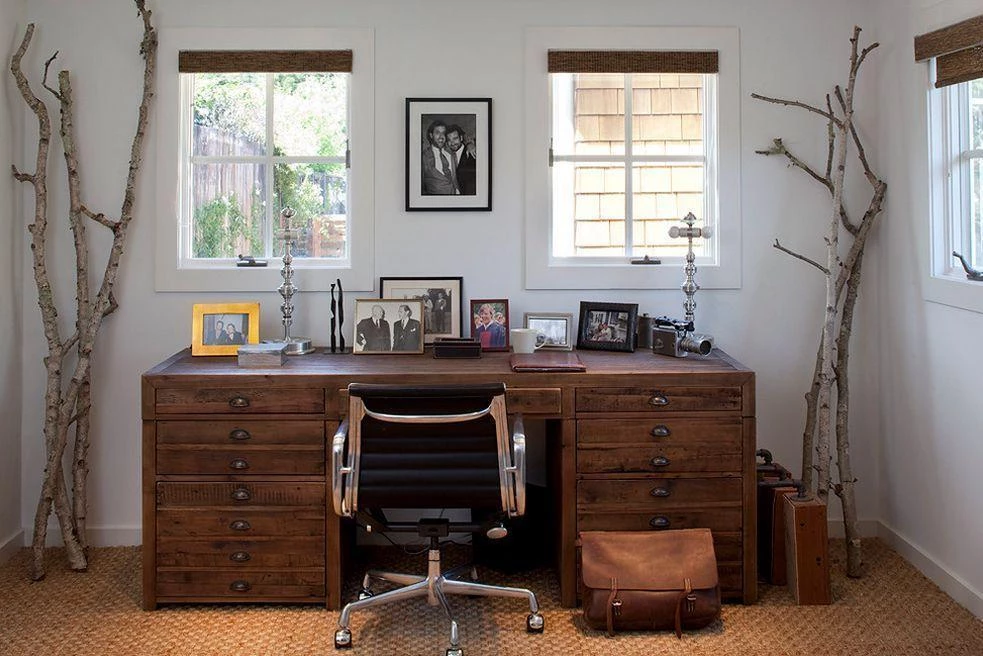
Photo: Reproduction / ADLSF
This style is also marked by apparent comfort, since the more basic decoration makes evident the air of warmth that the room provides to those who use it.
Minimalist Home Office
The minimalist style is mainly composed of a combination of solid colors and few details, which is why people who are not very attached to material possessions and like to leave their rooms more free tend to be the ones who most identify with this type of decoration.

Photo: Reproduction / Walk Interior Architecture & Design

Photo: Reproduction / Kimberly Demmy Design
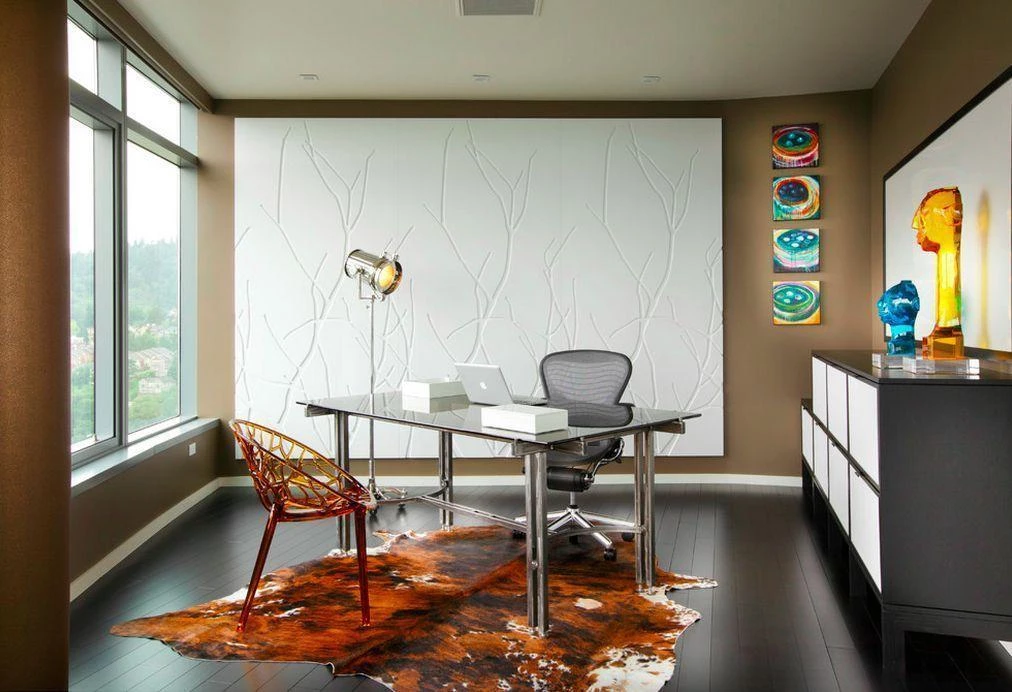
Photo: Reproduction / The Studio Resource Group

Photo: Reproduction / Hufft Projects

Photo: Reproduction / De Meza + Architecture

Photo: Reproduction / Labra Design

Photo: Reproduction / Ricardo Lopez

Photo: Reproduction / CG Studio Interiors

Photo: Reproduction / Homepolish

Photo: Reproduction / Leslie Goodwin

Photo: Reproduction / Izumi Tanaka

Photo: Reproduction / Jennifer Pacca Interiors

Photo: Reproduction / Maria Killam

Photo: Reproduction / Danny Broe Architect

Photo: Reproduction / Moya Living

Photo: Reproduction / 3rd Space

Photo: Reproduction / Thrifty Decor Chick

Photo: Reproduction / Sett Studio

Photo: Reproduction / Lola Nova

Photo: Reproduction / One Small Room

Photo: Reproduction / Vendome Press

Photo: Reproduction / ADLSF
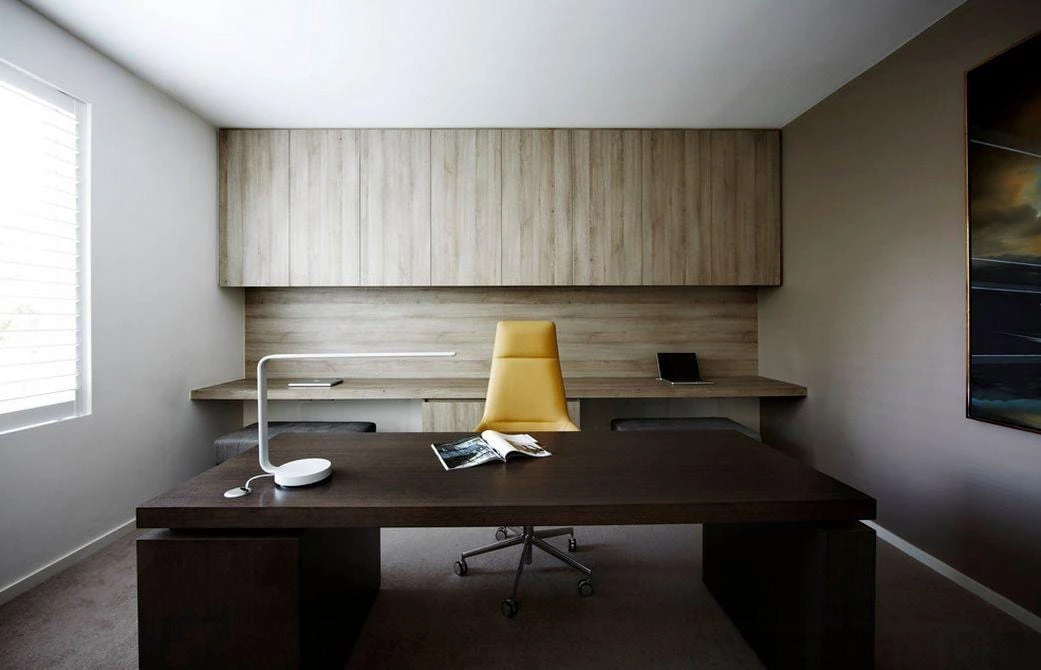
Photo: Reproduction / Christopher Elliott
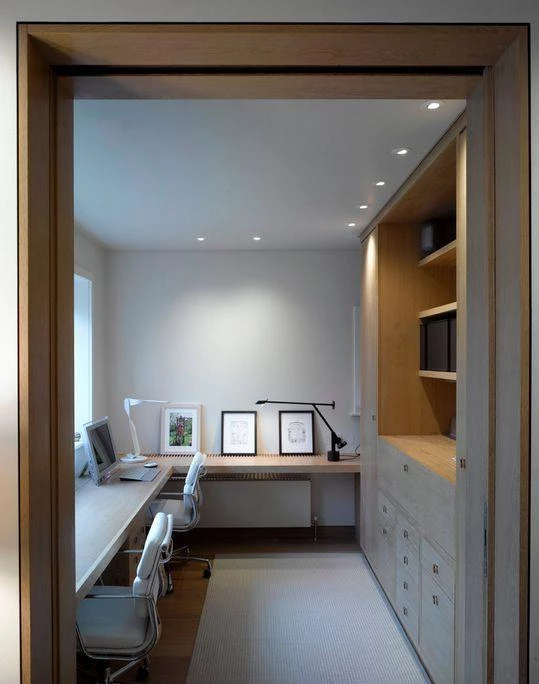
Photo: Reproduction / Hill Mitchell Berry Architects

Photo: Reproduction / Maxwell & Company Architects and Designs
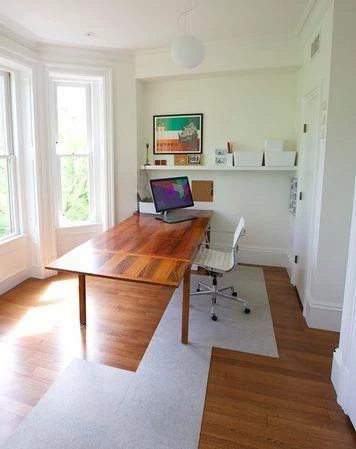
Photo: Reproduction / Nedc Design + Construction
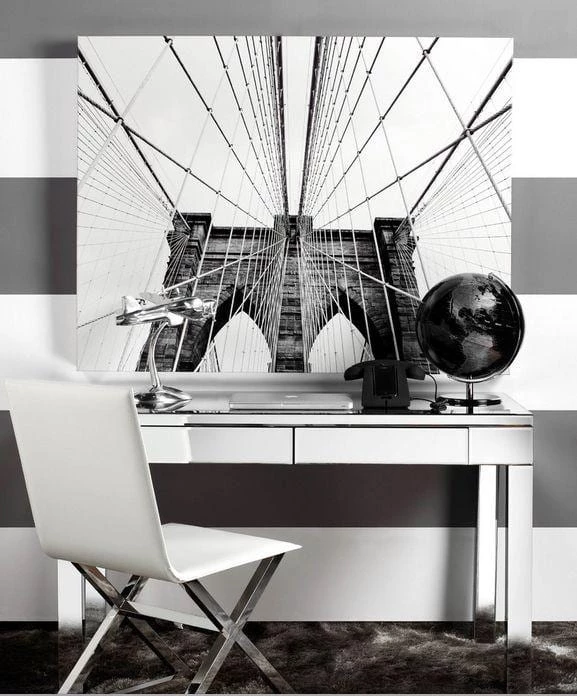
Photo: Reproduction / Z Gallerie

Photo: Reproduction / Anna Carin Design
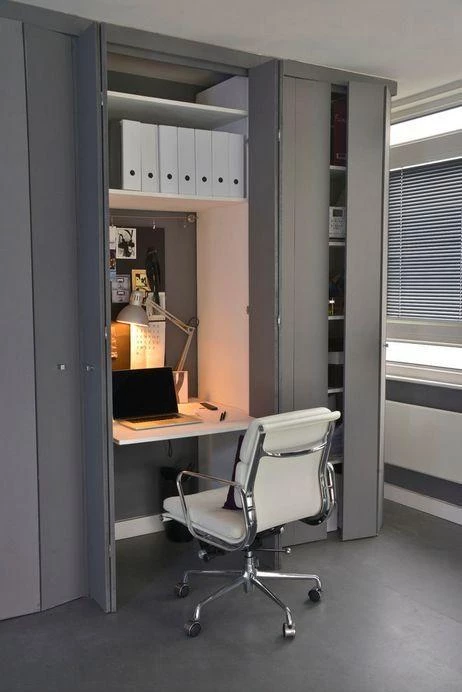
Photo: Reproduction / Cathy Phillips
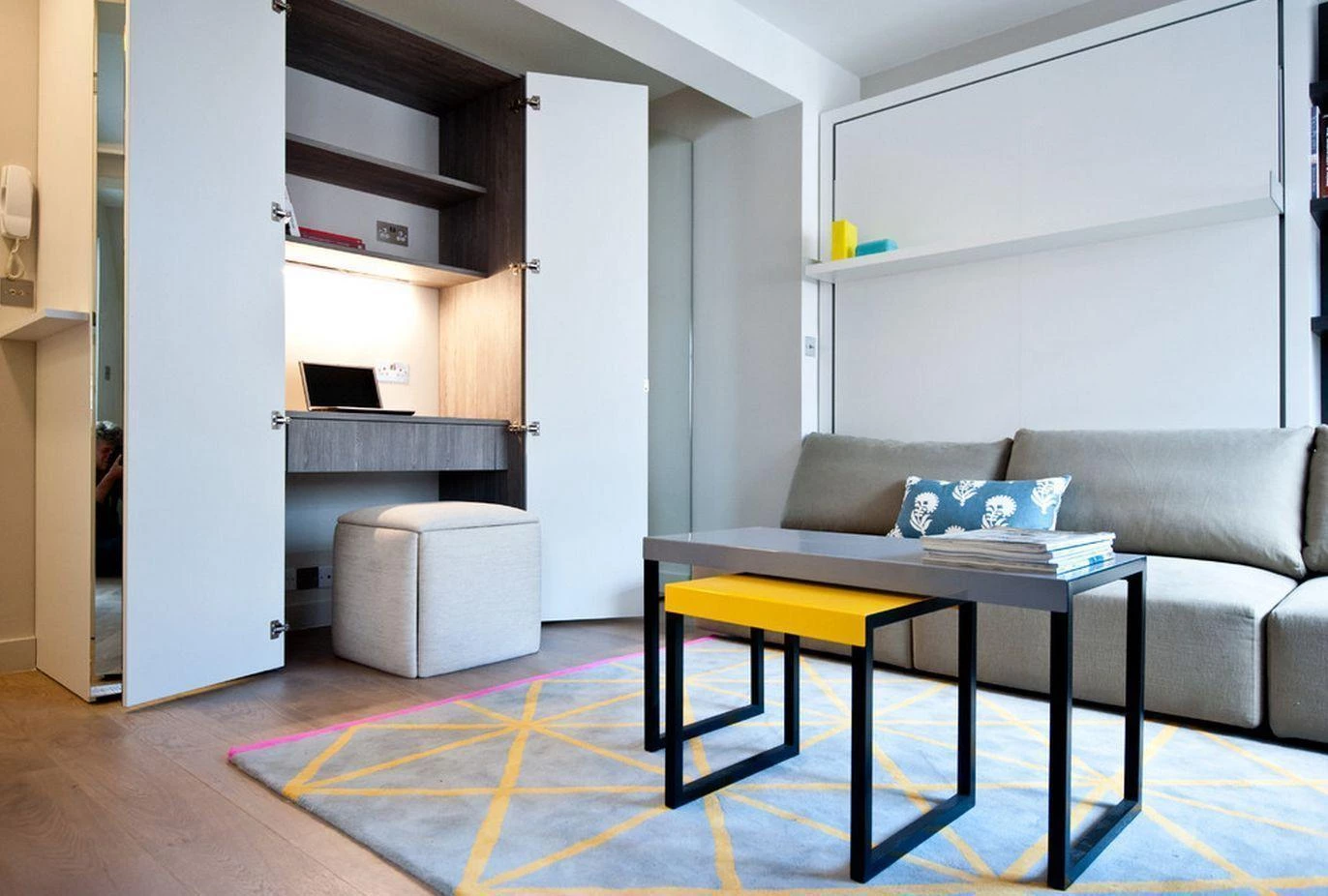
Photo: Reproduction / Black & Milk Residential
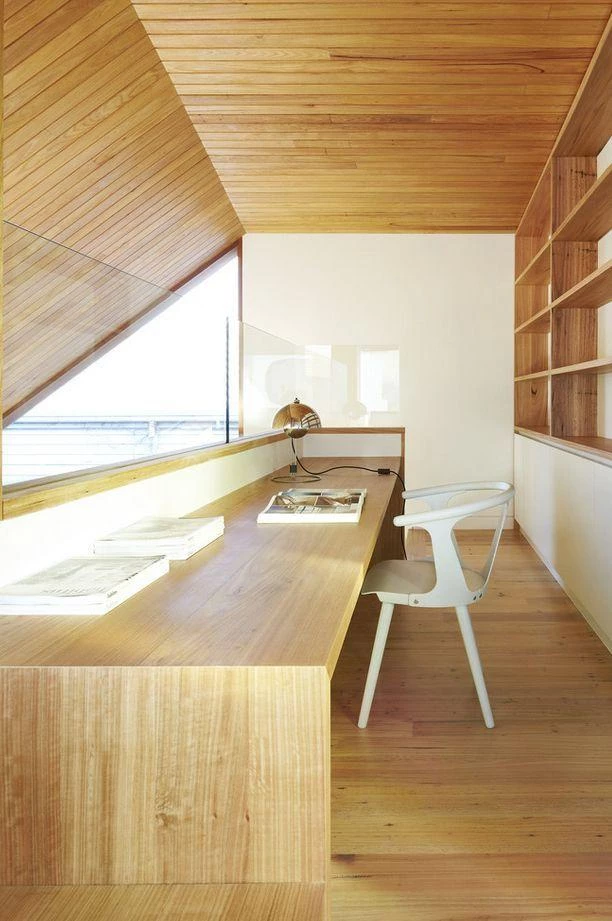
Photo: Reproduction / Julie Firkin Architects
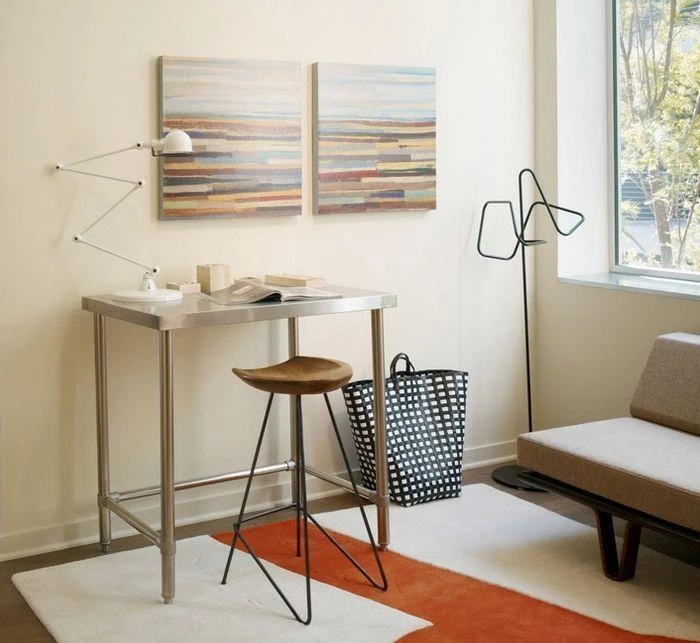
Photo: Reproduction / Incorporated
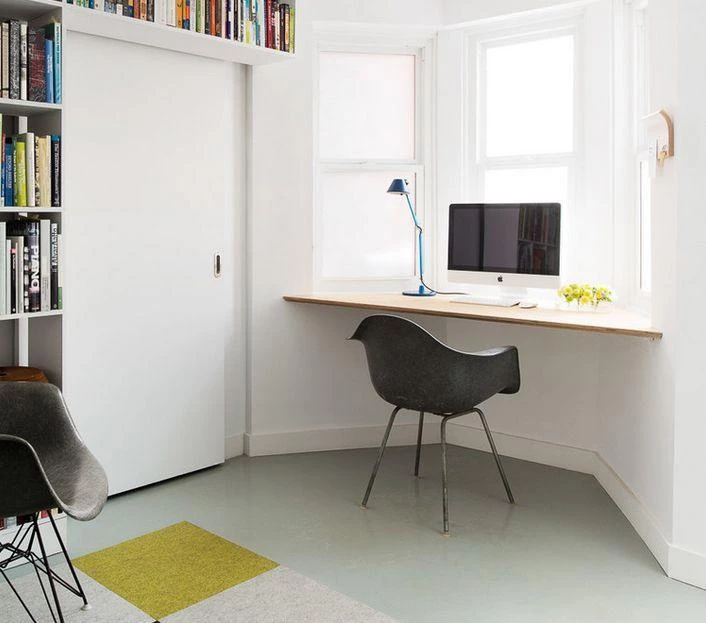
Photo: Reproduction / Pause Design
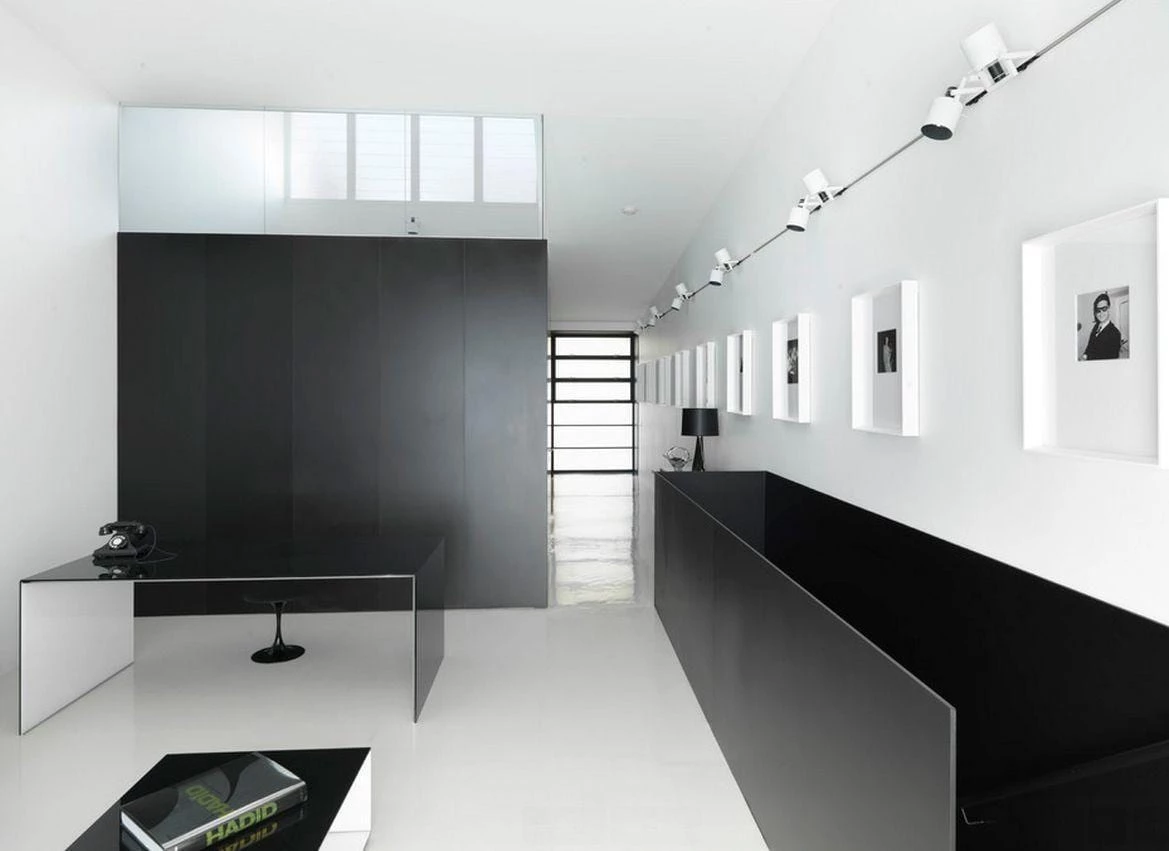
Photo: Reproduction / Ian Moore
The specific objects for work should follow the same line of the place, and their organization is fundamental for the minimalist touch to be also here. Thus, the maxim "less is more" concerns both the accumulation of papers and the decoration itself.
Home office with library
When the home office has a library, it must also have an excellent space to store books, as well as an ideal place to do some good reading or research. Shelves and niches are great items to store the materials and, at the same time, leave them exposed, so that they also compose the environment's decoration.

Photo: Reproduction / Walk Interior Architecture & Design

Photo: Reproduction / Kimberly Demmy Design

Photo: Reproduction / The Studio Resource Group

Photo: Reproduction / Hufft Projects

Photo: Reproduction / De Meza + Architecture

Photo: Reproduction / Labra Design

Photo: Reproduction / Ricardo Lopez

Photo: Reproduction / CG Studio Interiors

Photo: Reproduction / Homepolish

Photo: Reproduction / Leslie Goodwin

Photo: Reproduction / Izumi Tanaka

Photo: Reproduction / Jennifer Pacca Interiors

Photo: Reproduction / Maria Killam

Photo: Reproduction / Danny Broe Architect

Photo: Reproduction / Moya Living

Photo: Reproduction / 3rd Space

Photo: Reproduction / Thrifty Decor Chick

Photo: Reproduction / Sett Studio

Photo: Reproduction / Lola Nova

Photo: Reproduction / One Small Room

Photo: Reproduction / Vendome Press

Photo: Reproduction / ADLSF

Photo: Reproduction / Christopher Elliott

Photo: Reproduction / Hill Mitchell Berry Architects

Photo: Reproduction / Maxwell & Company Architects and Designs

Photo: Reproduction / Nedc Design + Construction

Photo: Reproduction / Z Gallerie

Photo: Reproduction / Anna Carin Design

Photo: Reproduction / Cathy Phillips

Photo: Reproduction / Black & Milk Residential

Photo: Reproduction / Julie Firkin Architects

Photo: Reproduction / Incorporated

Photo: Reproduction / Pause Design

Photo: Reproduction / Ian Moore
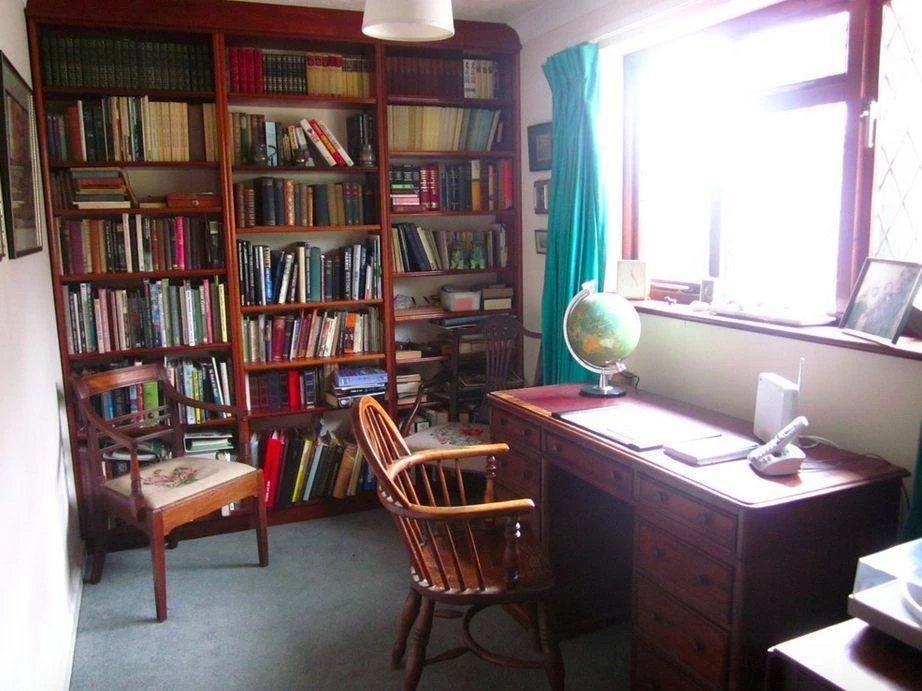
Photo: Reproduction / The Property Styling Company
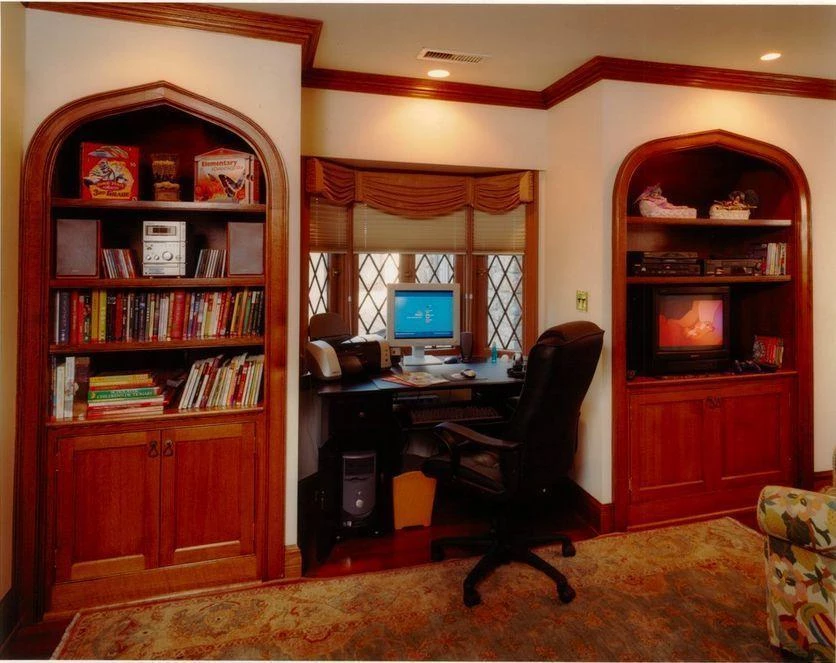
Photo: Reproduction / Peter A. Cole Architect

Photo: Reproduction / Eisner Design
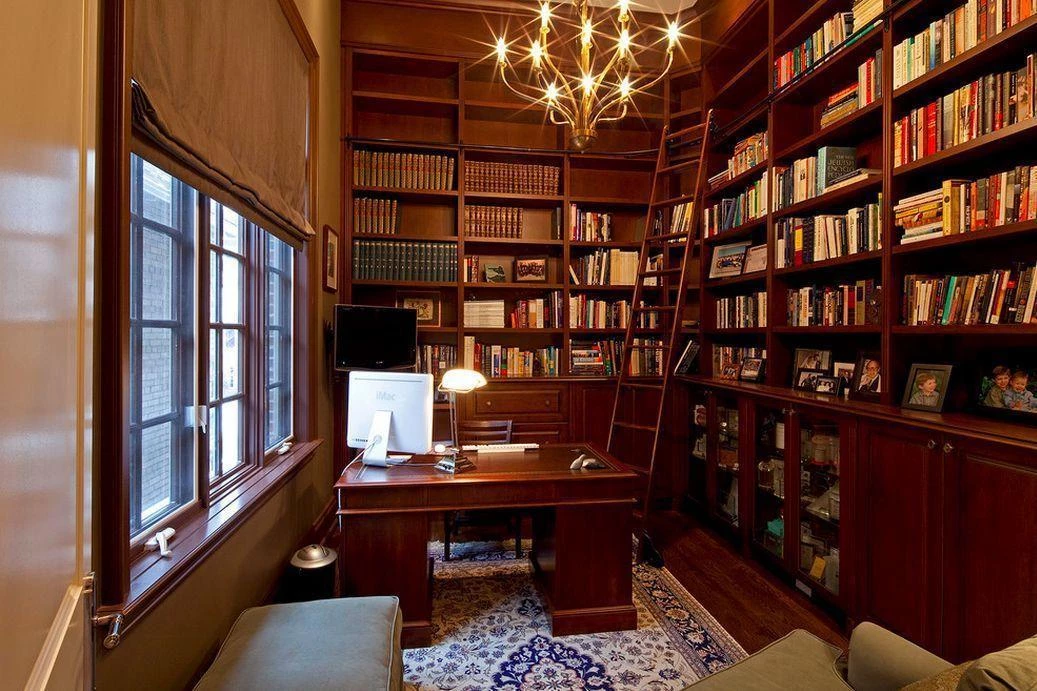
Photo: Reproduction / Peter A. Sellar

Photo: Reproduction / Raji RM & Associates
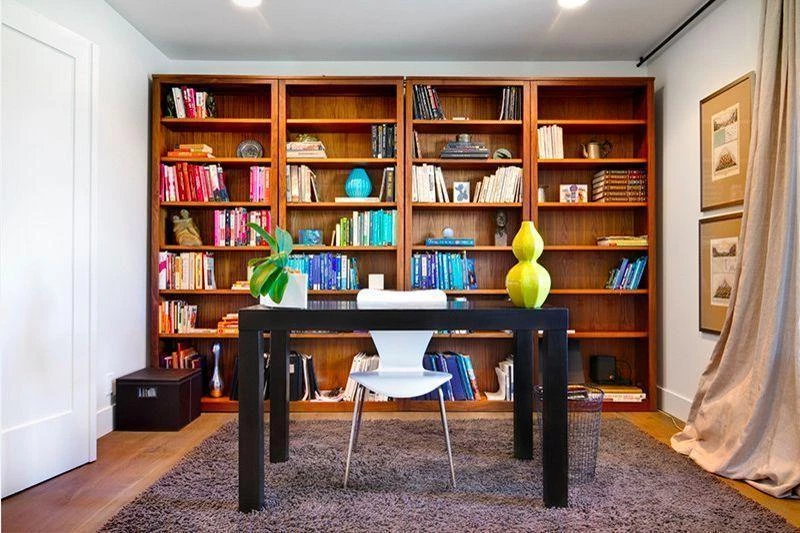
Photo: Reproduction / Shaw Coates
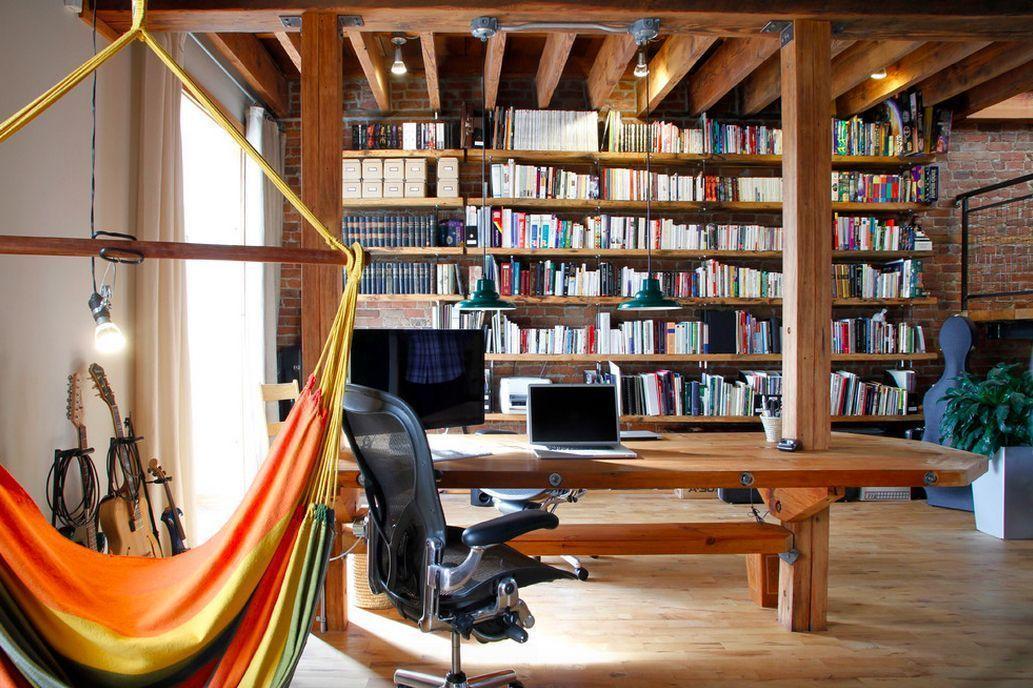
Photo: Reproduction / Esther Hershcovich
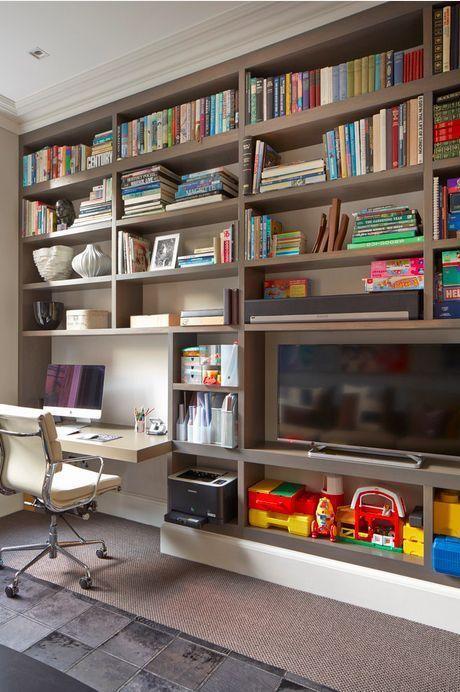
Photo: Reproduction / Elgin & Ellis
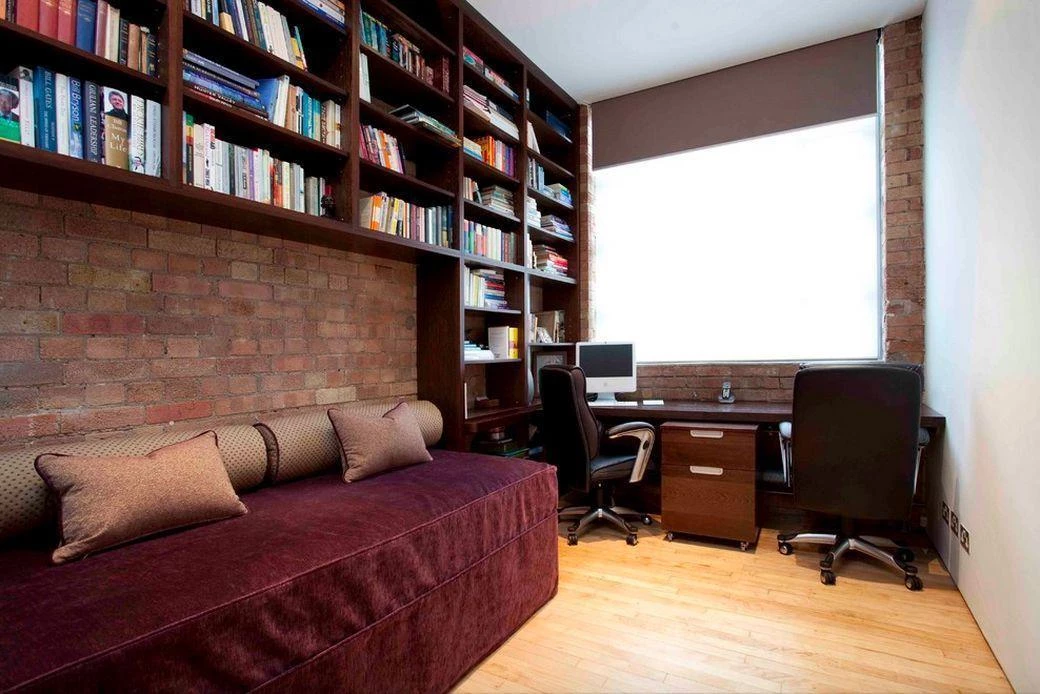
Photo: Reproduction / Increation
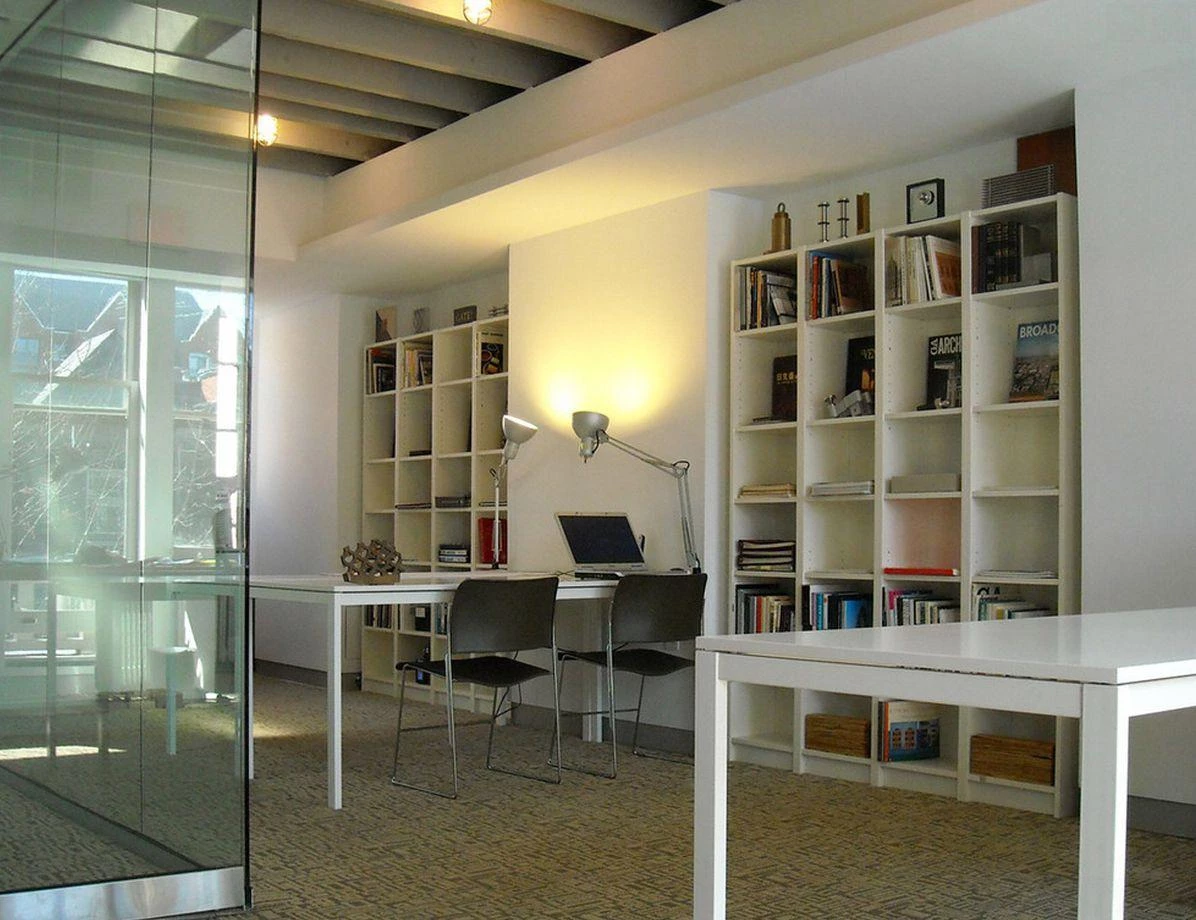
Photo: Reproduction / AJArchitects.com
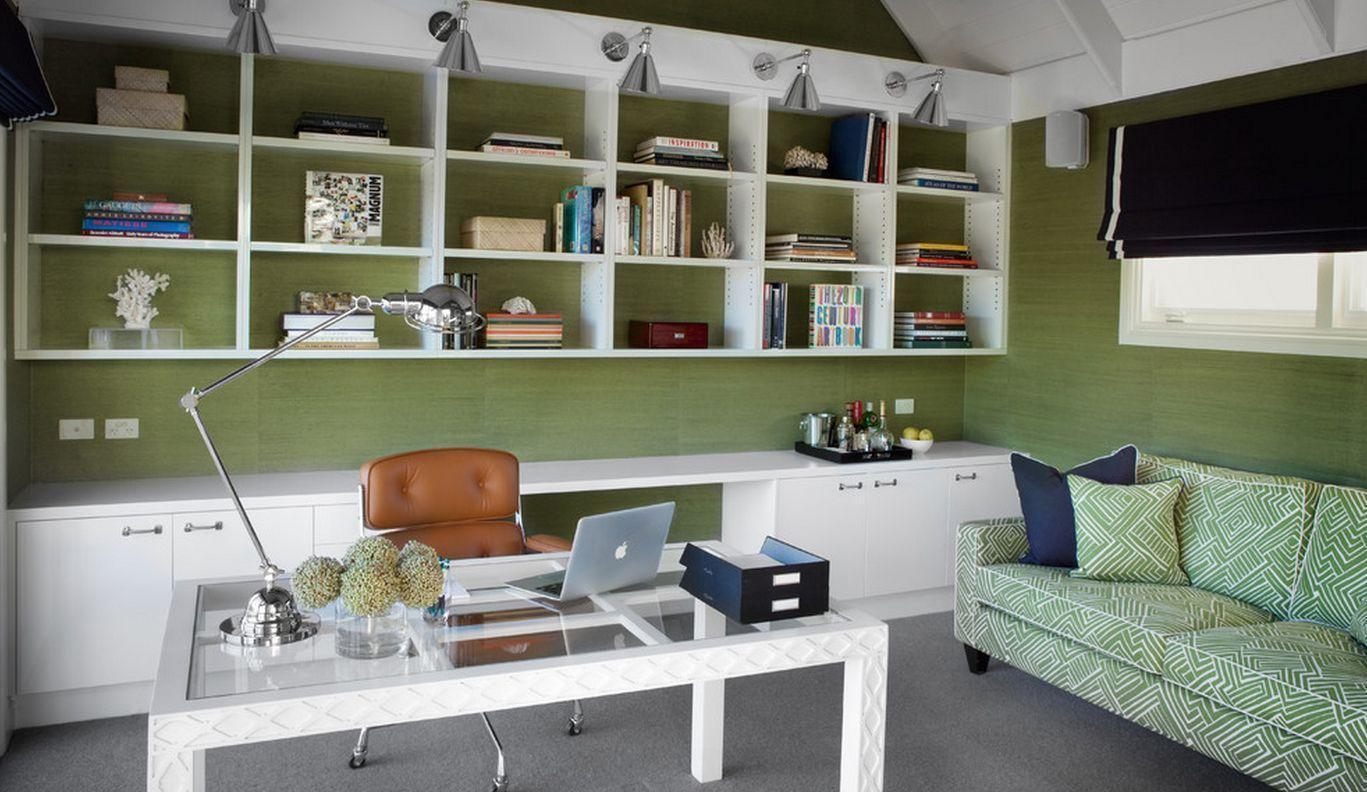
Photo: Reproduction / Diane Bergeron
Objects such as good lighting fixtures directed to the reading area, which can either be a comfortable armchair or the same chair used for work, are very important in this style, since the habit of reading tends to be constant when you have a library in the office.
Colorful Home Office
In terms of space utilization and organization, the colored office follows the same idea as the minimalist one: it is necessary to use the color that most pleases the owner of the place so that the environment does not become heavy and cloying, after all, it is where the resident will spend a good part of his or her day.

Photo: Reproduction / Walk Interior Architecture & Design

Photo: Reproduction / Kimberly Demmy Design

Photo: Reproduction / The Studio Resource Group

Photo: Reproduction / Hufft Projects

Photo: Reproduction / De Meza + Architecture

Photo: Reproduction / Labra Design

Photo: Reproduction / Ricardo Lopez

Photo: Reproduction / CG Studio Interiors

Photo: Reproduction / Homepolish

Photo: Reproduction / Leslie Goodwin

Photo: Reproduction / Izumi Tanaka

Photo: Reproduction / Jennifer Pacca Interiors

Photo: Reproduction / Maria Killam

Photo: Reproduction / Danny Broe Architect

Photo: Reproduction / Moya Living

Photo: Reproduction / 3rd Space

Photo: Reproduction / Thrifty Decor Chick

Photo: Reproduction / Sett Studio

Photo: Reproduction / Lola Nova

Photo: Reproduction / One Small Room

Photo: Reproduction / Vendome Press

Photo: Reproduction / ADLSF

Photo: Reproduction / Christopher Elliott

Photo: Reproduction / Hill Mitchell Berry Architects

Photo: Reproduction / Maxwell & Company Architects and Designs

Photo: Reproduction / Nedc Design + Construction

Photo: Reproduction / Z Gallerie

Photo: Reproduction / Anna Carin Design

Photo: Reproduction / Cathy Phillips

Photo: Reproduction / Black & Milk Residential

Photo: Reproduction / Julie Firkin Architects

Photo: Reproduction / Incorporated

Photo: Reproduction / Pause Design

Photo: Reproduction / Ian Moore

Photo: Reproduction / The Property Styling Company

Photo: Reproduction / Peter A. Cole Architect

Photo: Reproduction / Eisner Design

Photo: Reproduction / Peter A. Sellar

Photo: Reproduction / Raji RM & Associates

Photo: Reproduction / Shaw Coates

Photo: Reproduction / Esther Hershcovich

Photo: Reproduction / Elgin & Ellis

Photo: Reproduction / Increation

Photo: Reproduction / AJArchitects.com

Photo: Reproduction / Diane Bergeron
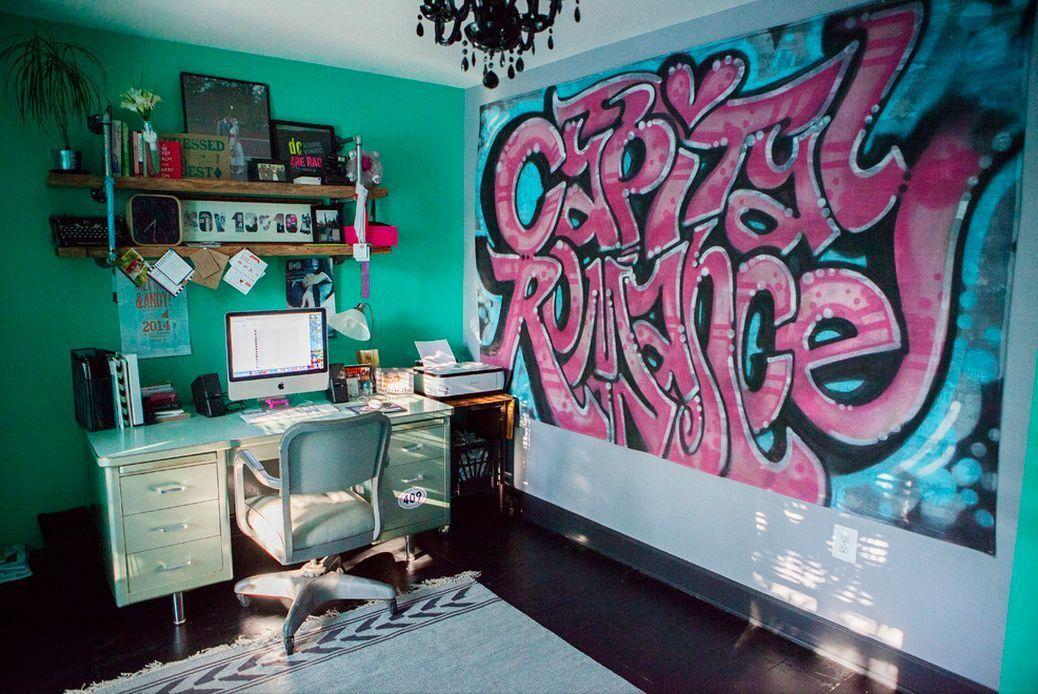
Photo: Reproduction / Jalapeño Photography
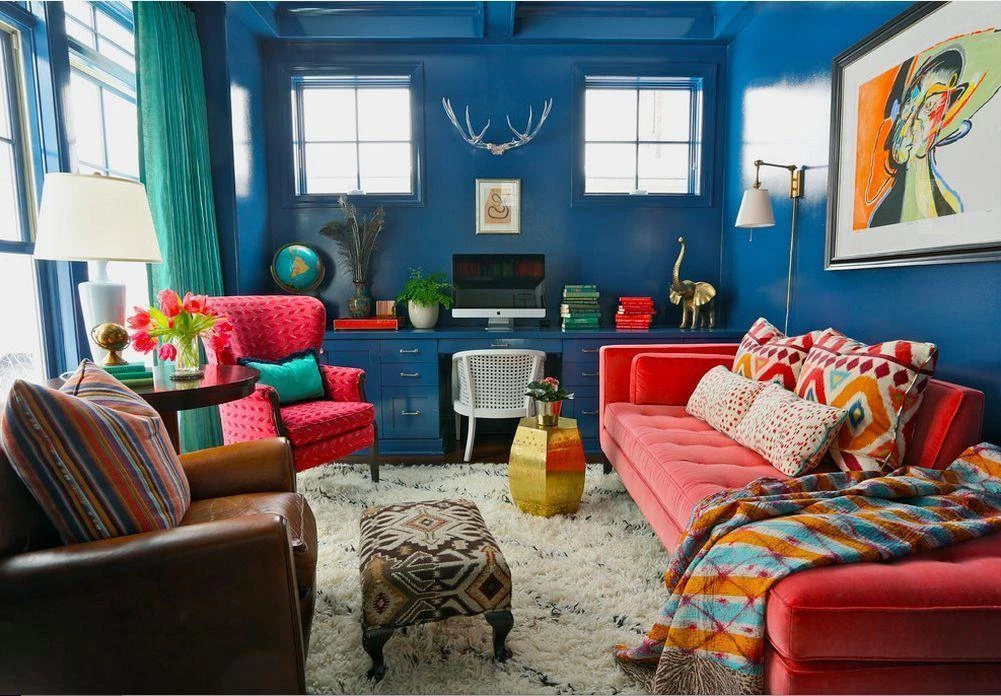
Photo: Reproduction / Summer Thornton Design

Photo: Reproduction / Rambling Renovators

Photo: Reproduction / Nicole White Design Interiors
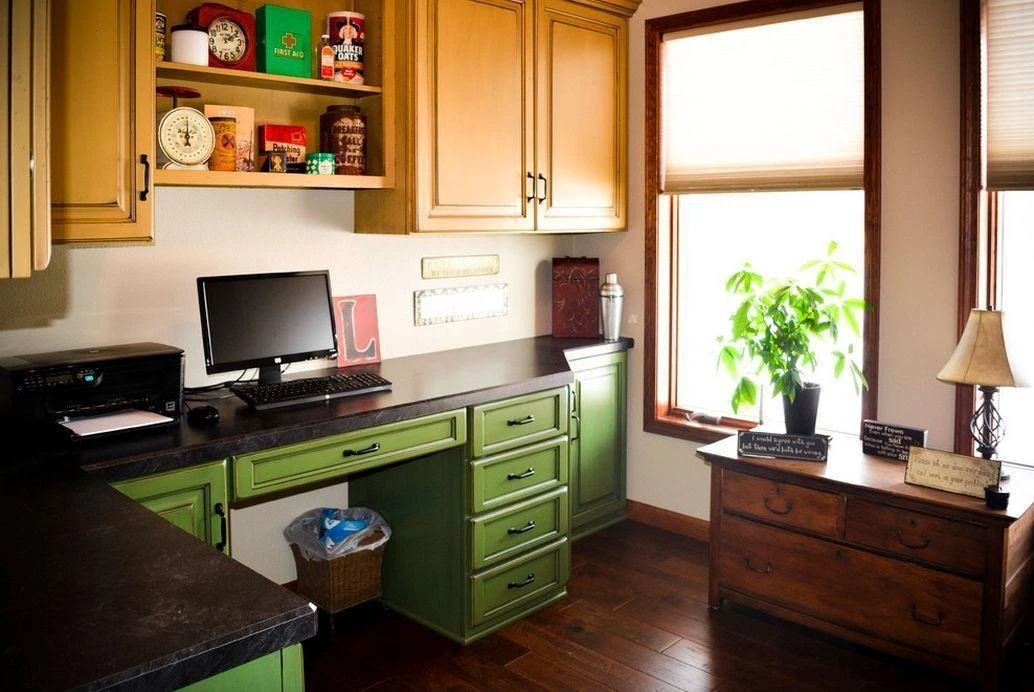
Photo: Reproduction / The Kitchen & Floor Shoppe
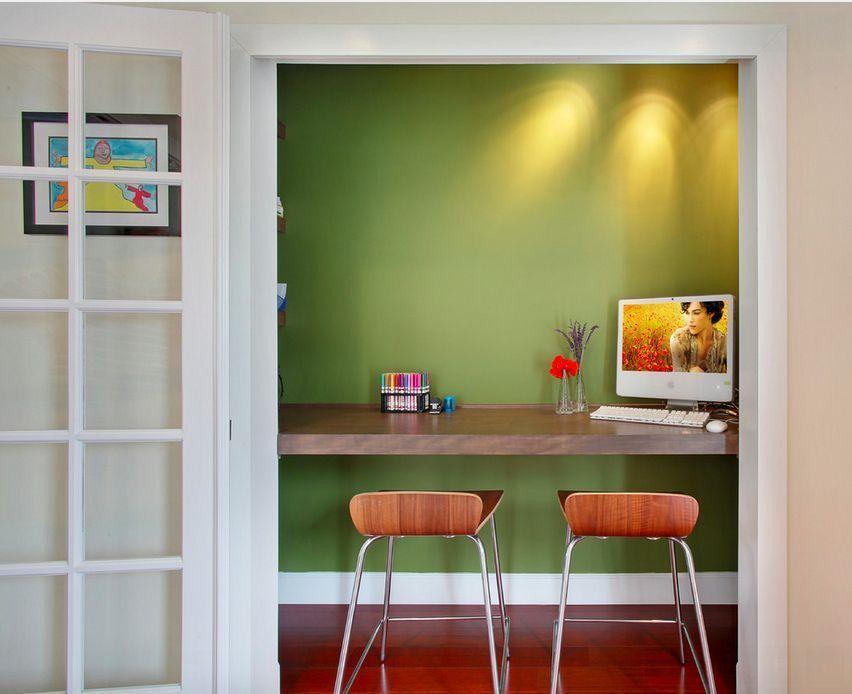
Photo: Reproduction / Jeri Koegel Photography

Photo: Reproduction / Design Premier
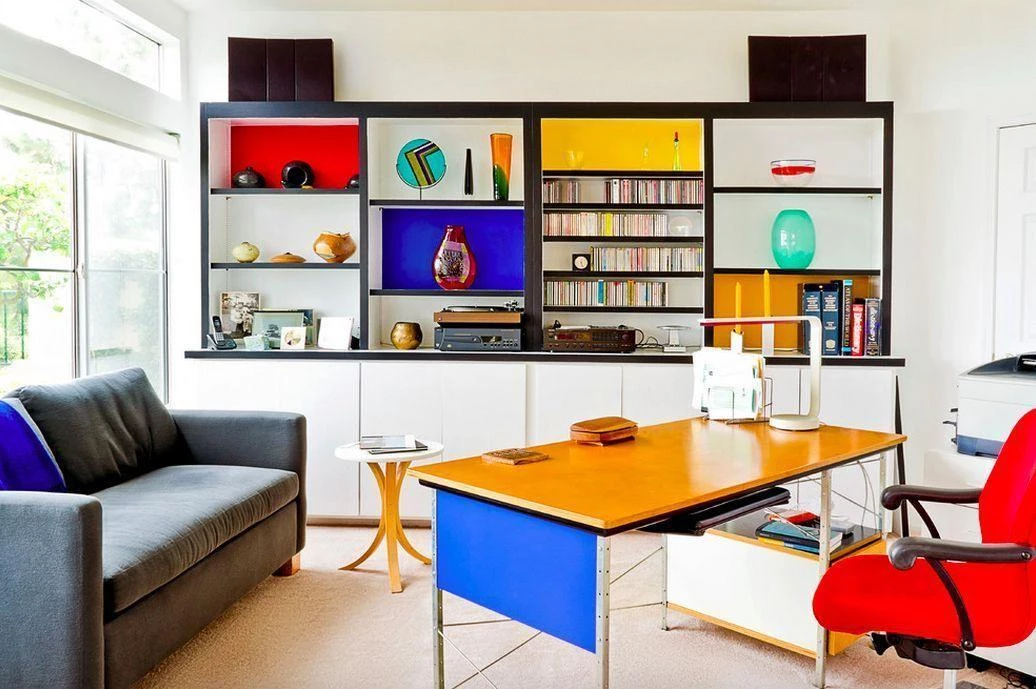
Photo: Reproduction / K. Gennaro Photography
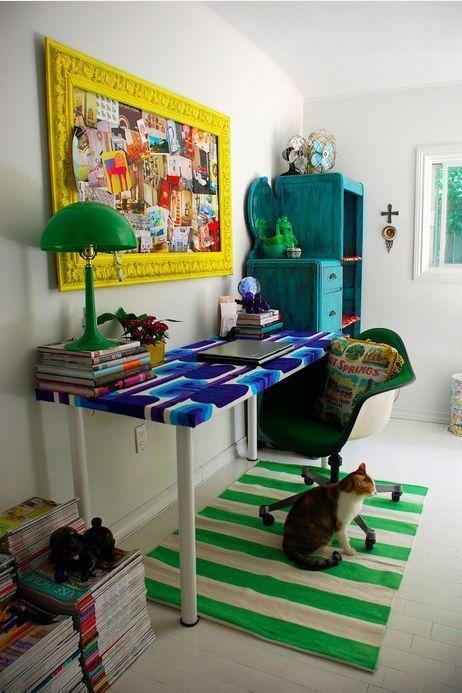
Photo: Reproduction / Desire to inspire
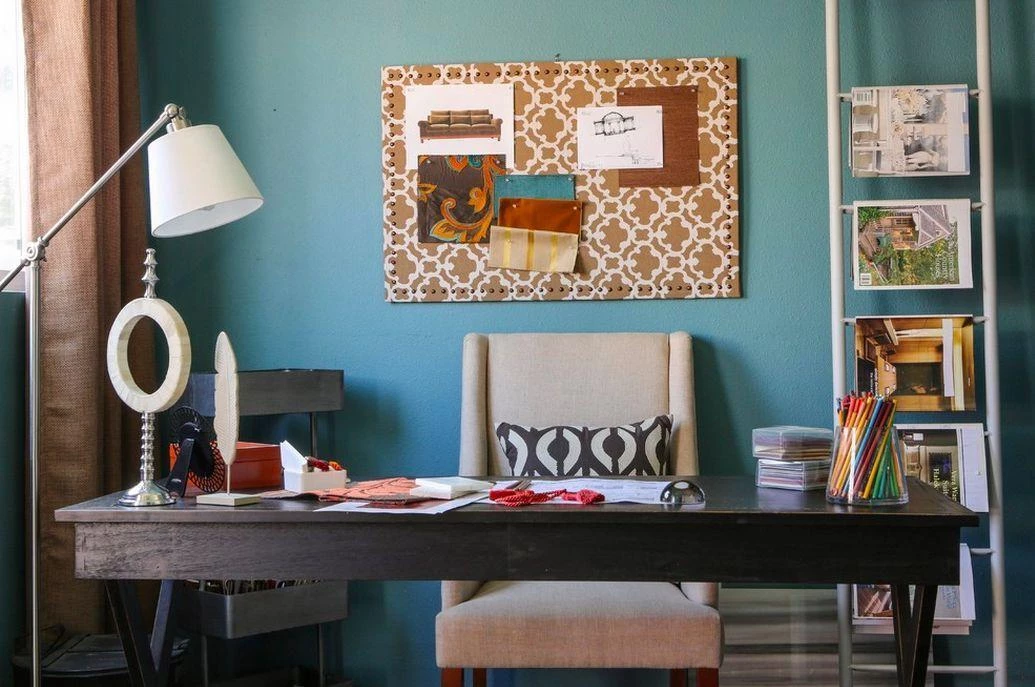
Photo: Reproduction / Sanctuary Interiors
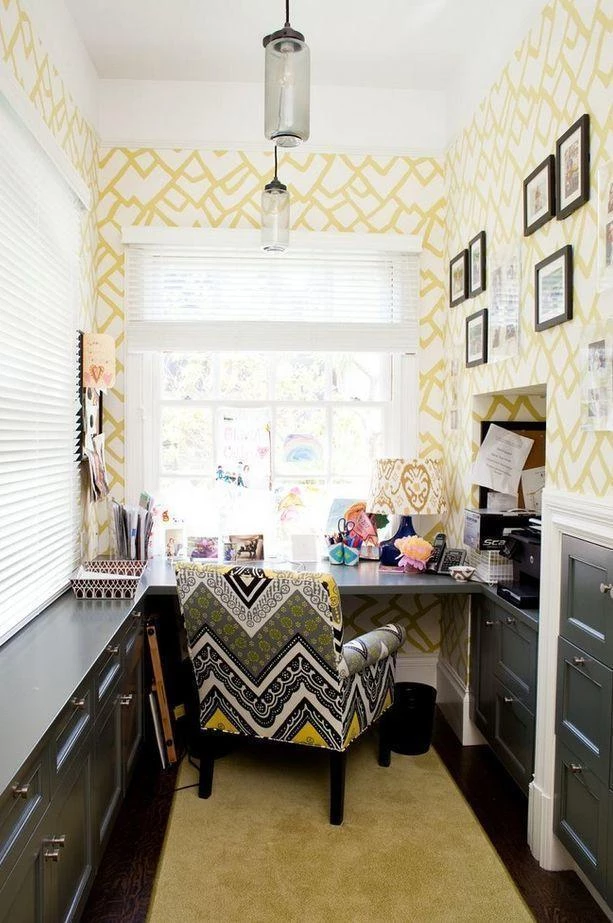
Photo: Reproduction / Alicia Weaver
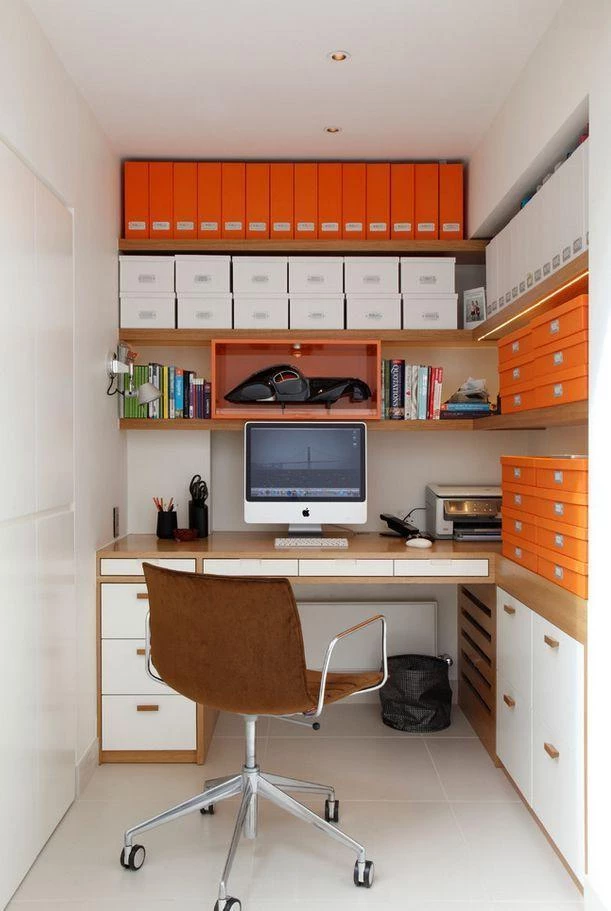
Photo: Reproduction / Juliette Byrne
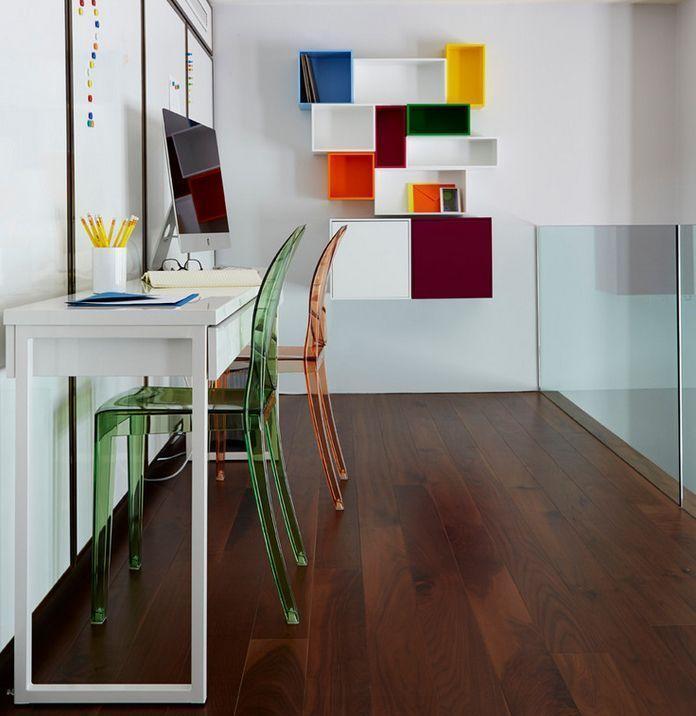
Photo: Reproduction / Violet & George
In this style it is very important to keep in mind the harmony of the colors used in the room. Very vibrant colors can be distracting, and the combination between the color of the walls and the furniture must always be taken into consideration so that the room looks beautiful and in harmony.
Small home office
The maximum use of space here is essential. In small offices, it is necessary to think of practical, beautiful, and comfortable solutions so that work is not hindered by a cramped environment where the person does not feel comfortable spending too much time. One should, therefore, opt for two-in-one objects that allow the elimination of excesses.

Photo: Reproduction / Walk Interior Architecture & Design

Photo: Reproduction / Kimberly Demmy Design

Photo: Reproduction / The Studio Resource Group

Photo: Reproduction / Hufft Projects

Photo: Reproduction / De Meza + Architecture

Photo: Reproduction / Labra Design

Photo: Reproduction / Ricardo Lopez

Photo: Reproduction / CG Studio Interiors

Photo: Reproduction / Homepolish

Photo: Reproduction / Leslie Goodwin

Photo: Reproduction / Izumi Tanaka

Photo: Reproduction / Jennifer Pacca Interiors

Photo: Reproduction / Maria Killam

Photo: Reproduction / Danny Broe Architect

Photo: Reproduction / Moya Living

Photo: Reproduction / 3rd Space

Photo: Reproduction / Thrifty Decor Chick

Photo: Reproduction / Sett Studio

Photo: Reproduction / Lola Nova

Photo: Reproduction / One Small Room

Photo: Reproduction / Vendome Press

Photo: Reproduction / ADLSF

Photo: Reproduction / Christopher Elliott

Photo: Reproduction / Hill Mitchell Berry Architects

Photo: Reproduction / Maxwell & Company Architects and Designs

Photo: Reproduction / Nedc Design + Construction

Photo: Reproduction / Z Gallerie

Photo: Reproduction / Anna Carin Design

Photo: Reproduction / Cathy Phillips

Photo: Reproduction / Black & Milk Residential

Photo: Reproduction / Julie Firkin Architects

Photo: Reproduction / Incorporated
See_also: Japanese bed: advantages, disadvantages and 70 beautiful models to inspire you
Photo: Reproduction / Pause Design

Photo: Reproduction / Ian Moore

Photo: Reproduction / The Property Styling Company

Photo: Reproduction / Peter A. Cole Architect

Photo: Reproduction / Eisner Design

Photo: Reproduction / Peter A. Sellar

Photo: Reproduction / Raji RM & Associates

Photo: Reproduction / Shaw Coates

Photo: Reproduction / Esther Hershcovich

Photo: Reproduction / Elgin & Ellis

Photo: Reproduction / Increation

Photo: Reproduction / AJArchitects.com

Photo: Reproduction / Diane Bergeron

Photo: Reproduction / Jalapeño Photography

Photo: Reproduction / Summer Thornton Design

Photo: Reproduction / Rambling Renovators

Photo: Reproduction / Nicole White Design Interiors

Photo: Reproduction / The Kitchen & Floor Shoppe

Photo: Reproduction / Jeri Koegel Photography

Photo: Reproduction / Design Premier

Photo: Reproduction / K. Gennaro Photography

Photo: Reproduction / Desire to inspire

Photo: Reproduction / Sanctuary Interiors

Photo: Reproduction / Alicia Weaver

Photo: Reproduction / Juliette Byrne

Photo: Reproduction / Violet & George
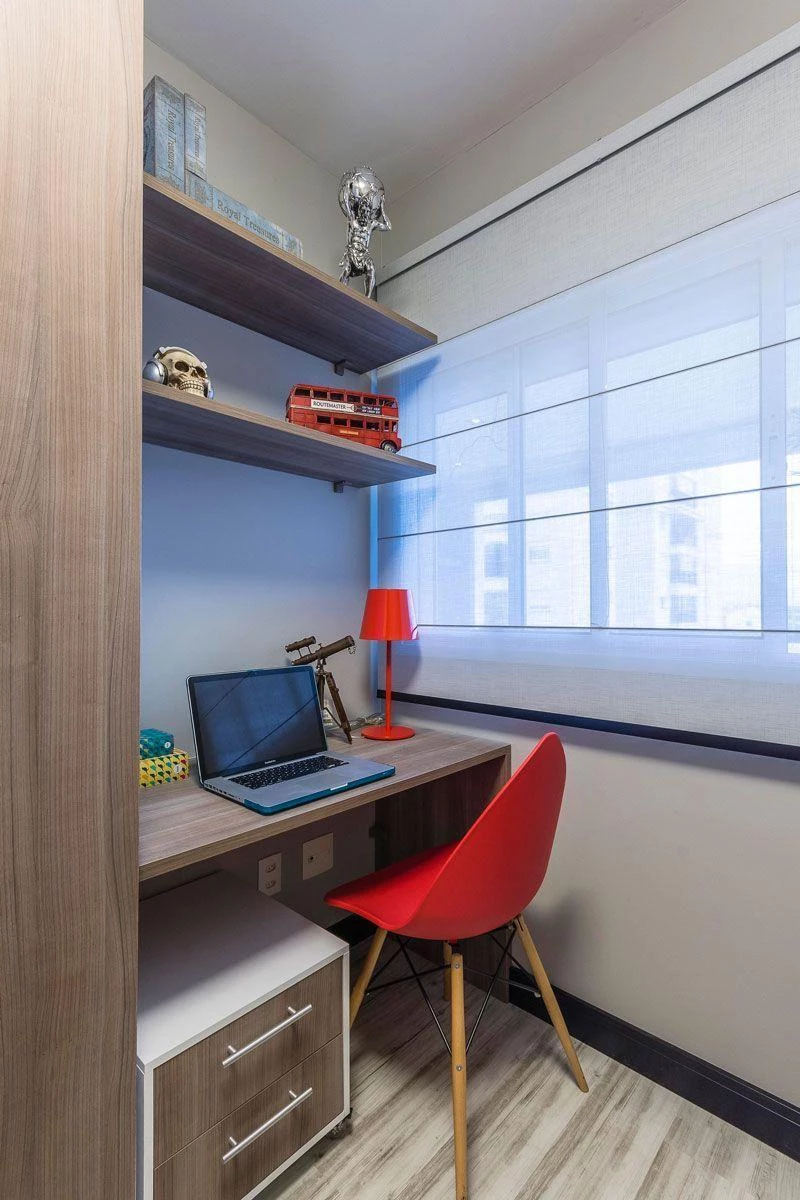
Photo: Reproduction / Ricardo Lopez
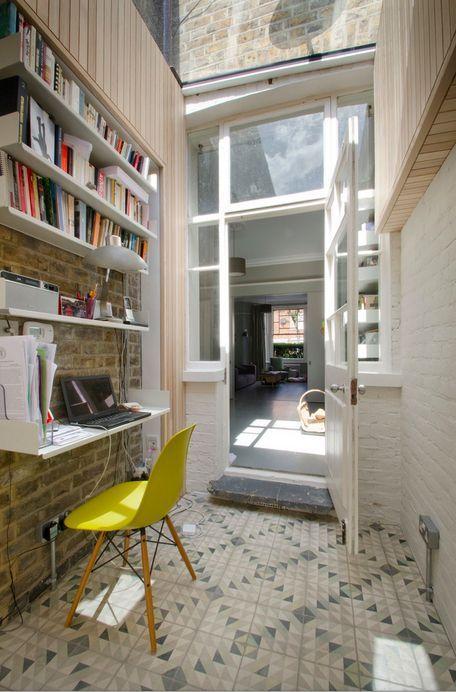
Photo: Reproduction / Gort Scott
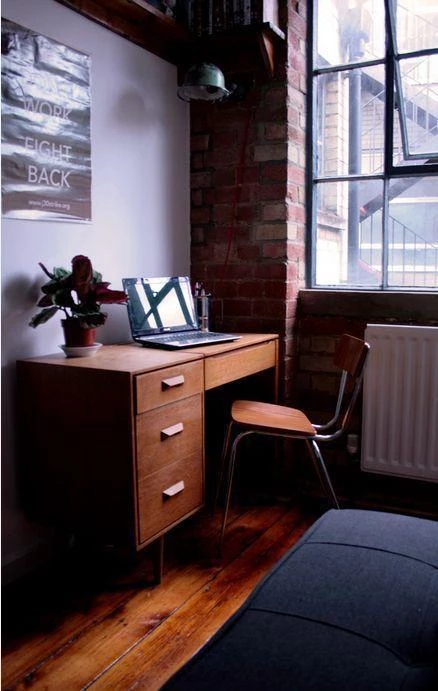
Photo: Reproduction / Cassidy Hughes
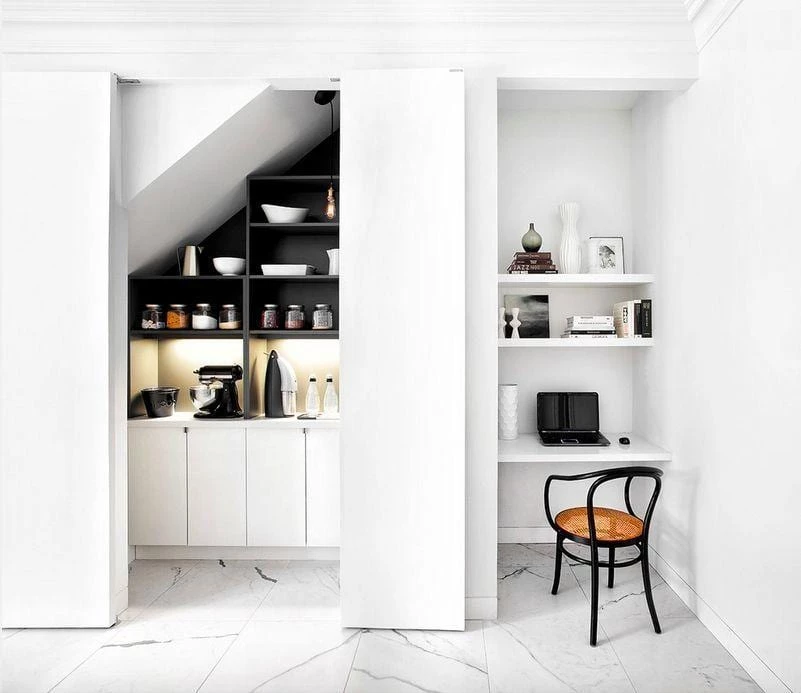
Photo: Reproduction / Palmerstone Design Consultants Inc.
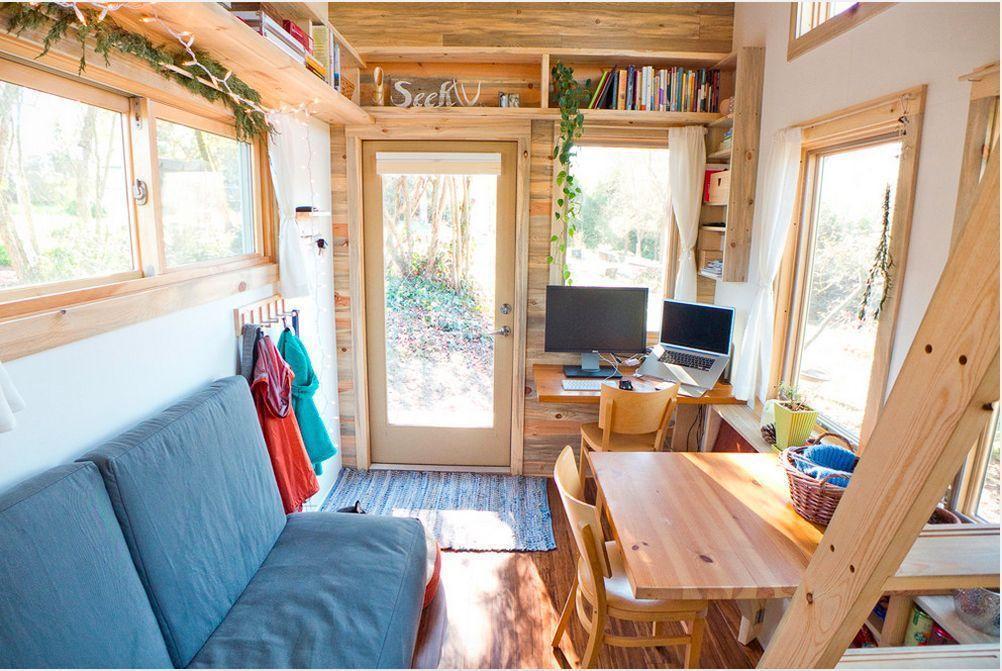
Photo: Reproduction / Tiny Project
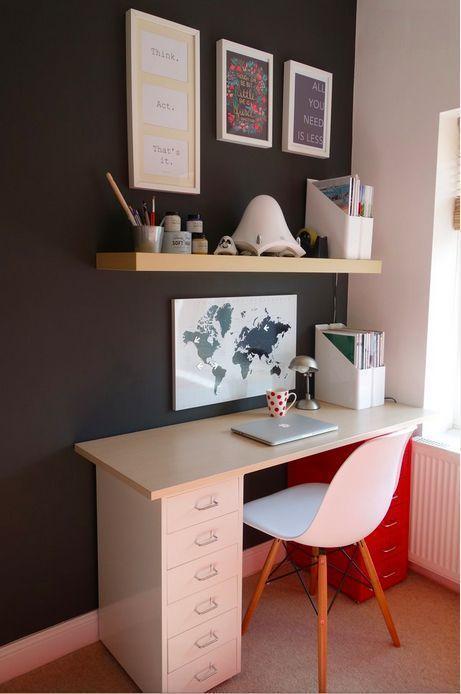
Photo: Reproduction / Making Spaces
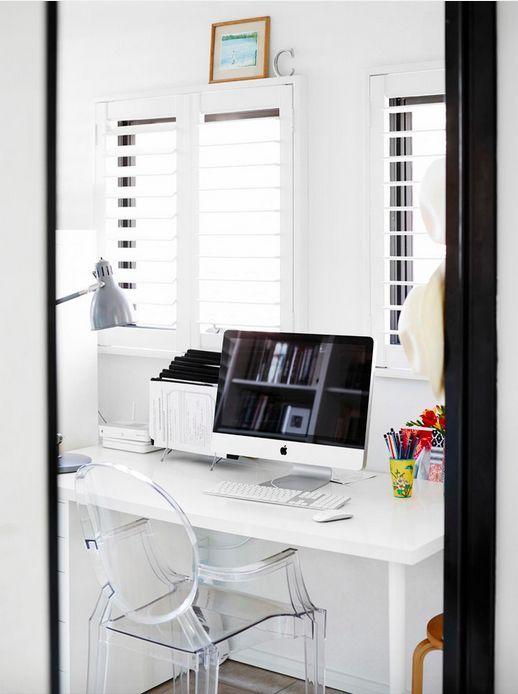
Photo: Reproduction / Claire Stevens Interior Design
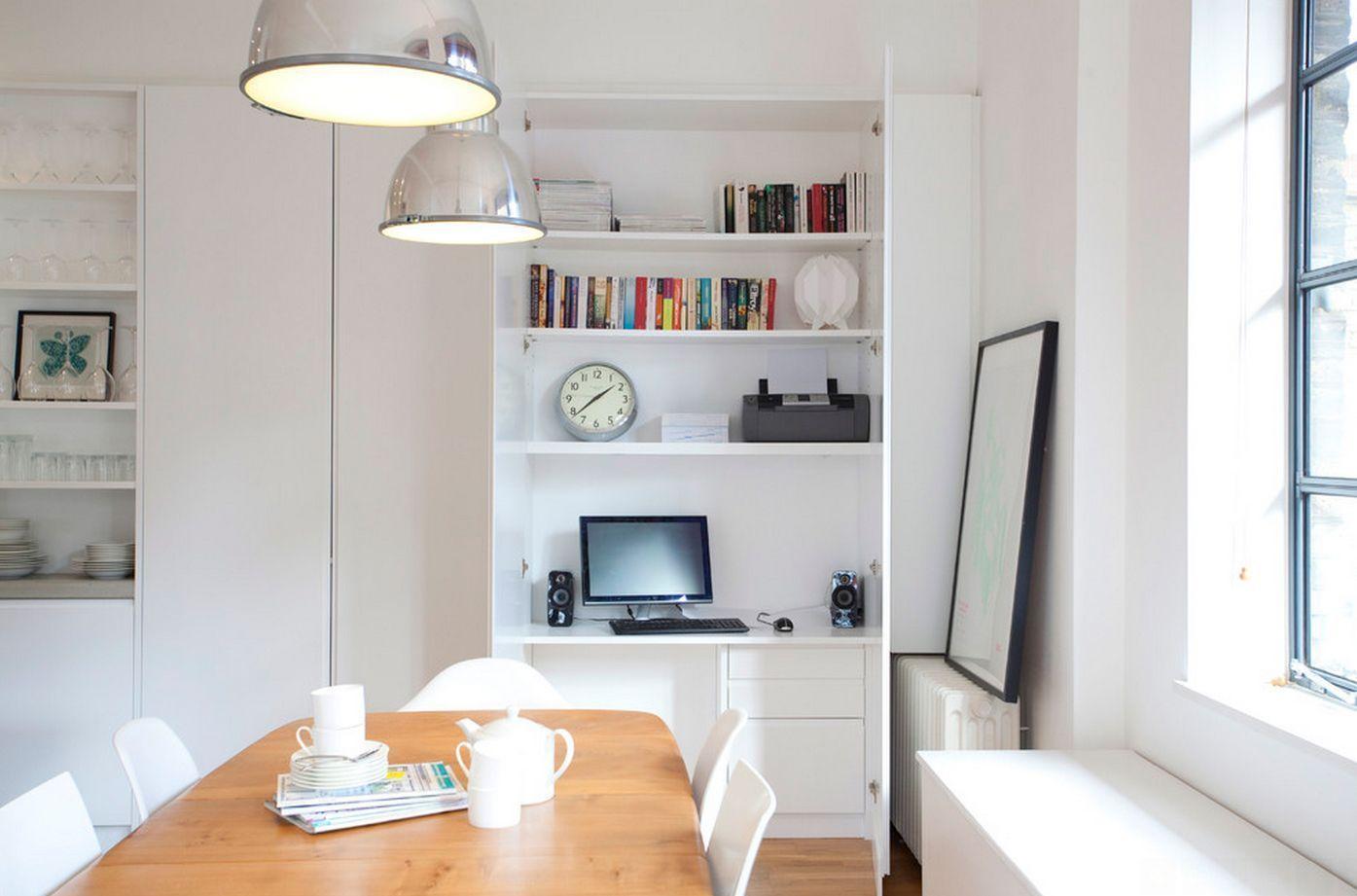
Photo: Reproduction / Increation
Another tip is to use the work objects also as decorative objects, such as books, notebooks, files, and folders.
7 essential items for a functional home office
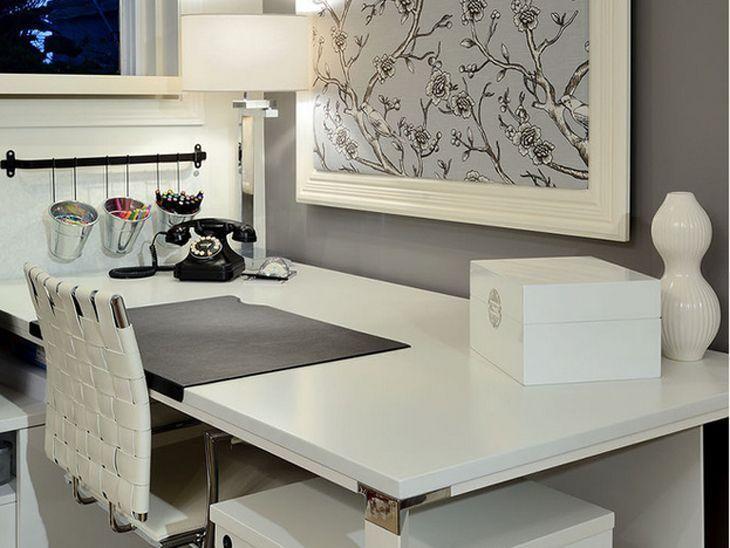
Some items are indispensable when setting up and organizing your home office, from simple objects to some more elaborate ones, these will be responsible for giving the desired style to the place; besides providing greater comfort and facilitating the worker's organization.
1. bench
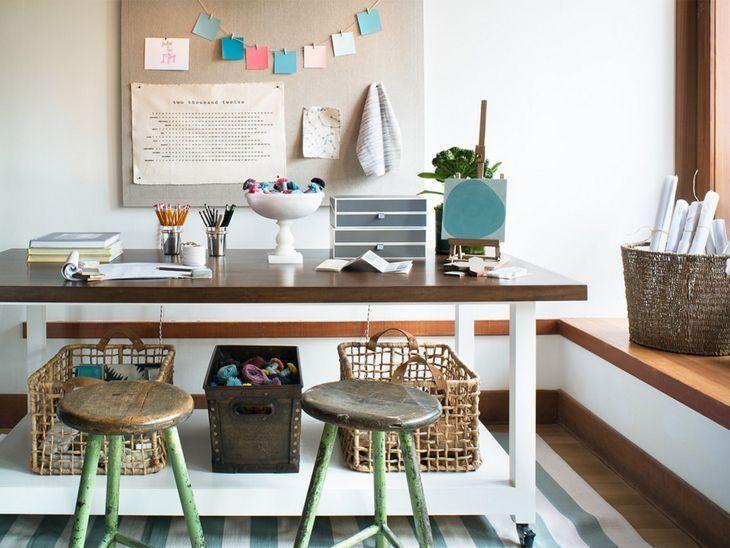
Whether it is a workbench, a table, or a desk, this is the space where the work will actually take place. Therefore, it is always important to invest in furniture of an adequate size, especially when it comes to height.
For a pleasant working moment, the surface must be aligned with good posture. The neck and head should always be upright and the line of vision should be aligned with the top or center of the computer screen, at a distance of 45 to 65 centimeters.
2. chair or armchair
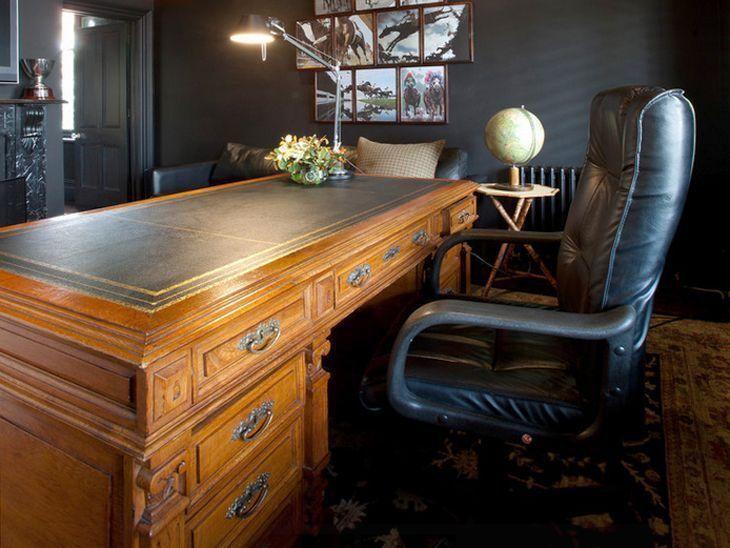
The chair or armchair must be extremely comfortable, and the cool thing is that, since this is a domestic environment, it is not necessary to be stuck to the typical office models. The resident can choose the chair that best suits him or her, both aesthetically and comfort-wise.
3. wall shelves and niches
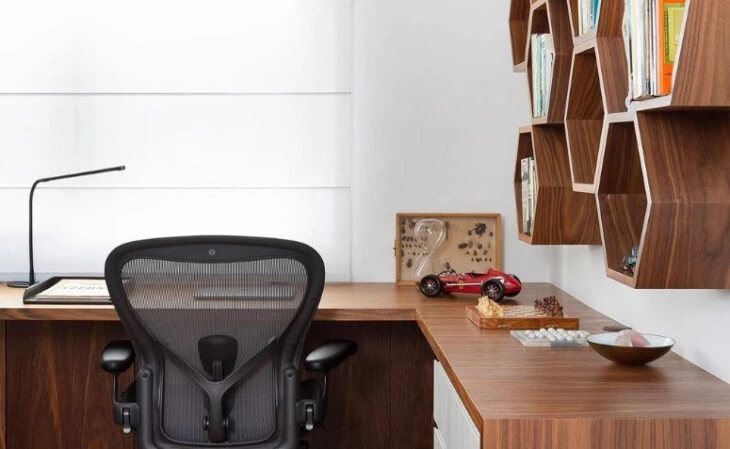
The shelves and niches on the walls are used to store books and folders, as well as adding a touch of decoration to the office. Nowadays, there are many models, colors, and sizes of these pieces and, for sure, some of them will fit in your work place.
4. decorative objects

As the home office is not tied to the formality of an office, it is possible to use travel souvenirs, photos, magnetic cards, and many other objects to decorate the work space.
5. organizers
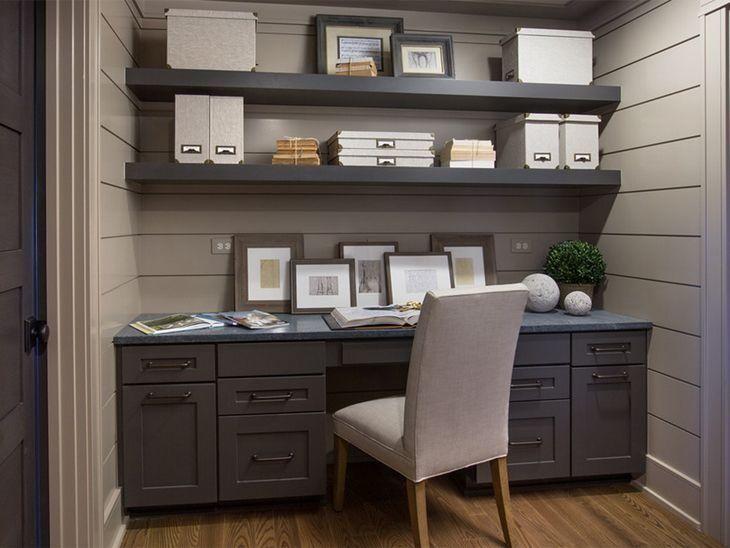
If the person uses a lot of electronic media, it is essential to have a cable separator and organizer, for example. Now, if the work involves a lot of paperwork, organizer folders and labels are indispensable.
6. luminaire
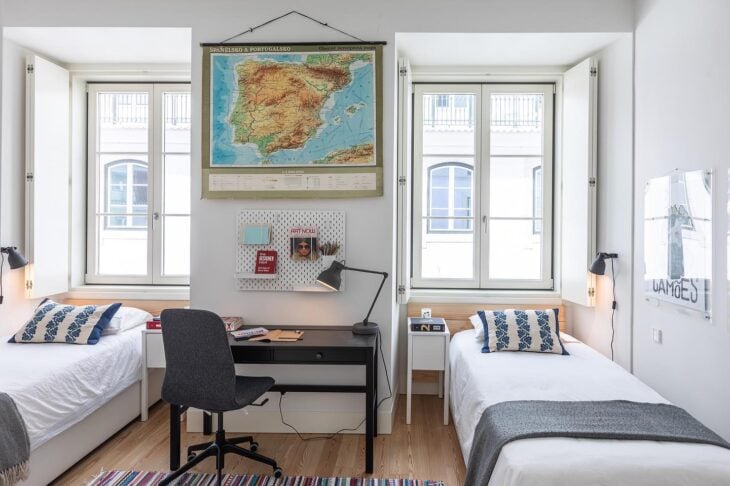
There are many types of fixtures that fit different locations and can be twisted to better direct the light, the important thing is to always pay attention to the lighting in the room. A poorly lit home office will be bad for the resident's eyesight.
The lamps that emit a more yellowish light, also called warm light, make the environments cozier and are therefore indicated for places of rest or leisure, such as living rooms, dining rooms, and bedrooms. The cold lamps make the environments more stimulating and are indicated for places where attention needs to dominate, which is the case of the home office.
7. lampshade
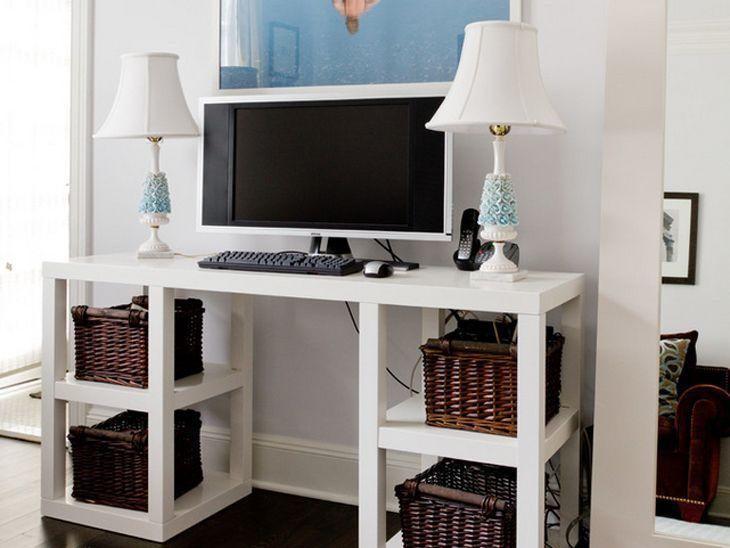
The lampshade is a good choice, since it can be a table lamp or a column lamp. This piece can also be used to direct light for reading books, or even to complete a composition with the armchair or a small sofa.
With the items listed by the interior designer, it is easy to set up your home office, and keep it always in order. The important thing is to always have a comfortable place, but one that doesn't lose the characteristic of work, so that the dweller doesn't let the functions of the house get in the way of his or her performance.
The nice thing about the home office is that you can express your personality in your workplace, which is not always appropriate in companies, offices, and consulting rooms. However, it is necessary to keep in mind that organization is always very important when it comes to the workplace, no matter where it is.


